42 Delicious Fermented Foods That Boost Gut Health Instantly
Before wellness trends and probiotic supplements took over, ancient cultures were already fermenting their way to better health. From bubbling jars in Korean kitchens to clay pots in Eastern Europe, fermentation was—and still is—a powerful, time-honored method of preserving food and healing the body. These living foods are rich in probiotics, enzymes, and bioactive compounds that nourish your gut, strengthen immunity, improve nutrient absorption, and even boost mood and mental clarity. In other words, they’re not just good—they’re transformative. That’s why we’ve expanded our guide to 42 Delicious Fermented Foods That Boost Gut Health Instantly. Whether it’s tangy kefir, crunchy sauerkraut, or a spoonful of miso, each entry on this list delivers serious benefits in real, flavorful form. Forget pills and powders—true gut health starts with food that’s alive. So if you’re ready to reset, rebalance, and rediscover what your microbiome has been missing, let the fermentation revival begin.
1. Kimchi: The Spicy Probiotic Powerhouse
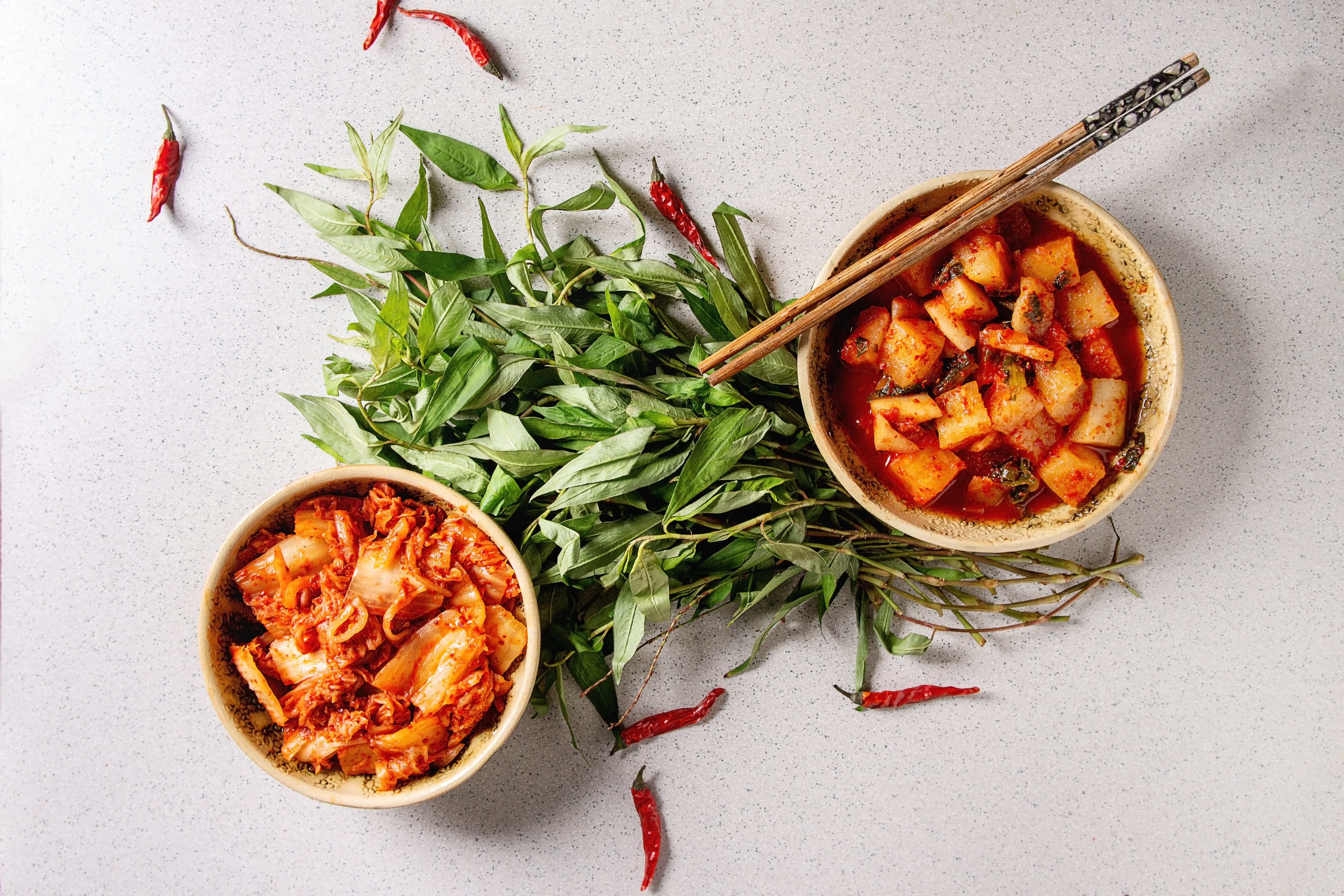
Kimchi is a traditional Korean fermented cabbage dish loaded with lactobacillus bacteria, the same beneficial microbes found in many probiotic supplements. Beyond just being a probiotic powerhouse, kimchi contains garlic, ginger, and chili peppers, which have antimicrobial and anti-inflammatory properties that support gut health. Studies have shown that kimchi can help reduce bloating, support digestion, and enhance immune function. The fermentation process also increases the bioavailability of nutrients, making it even more beneficial. Add a spoonful of kimchi to rice bowls, sandwiches, or eggs for a tangy, gut-friendly boost.
2. Sauerkraut: The Gut-Friendly Classic
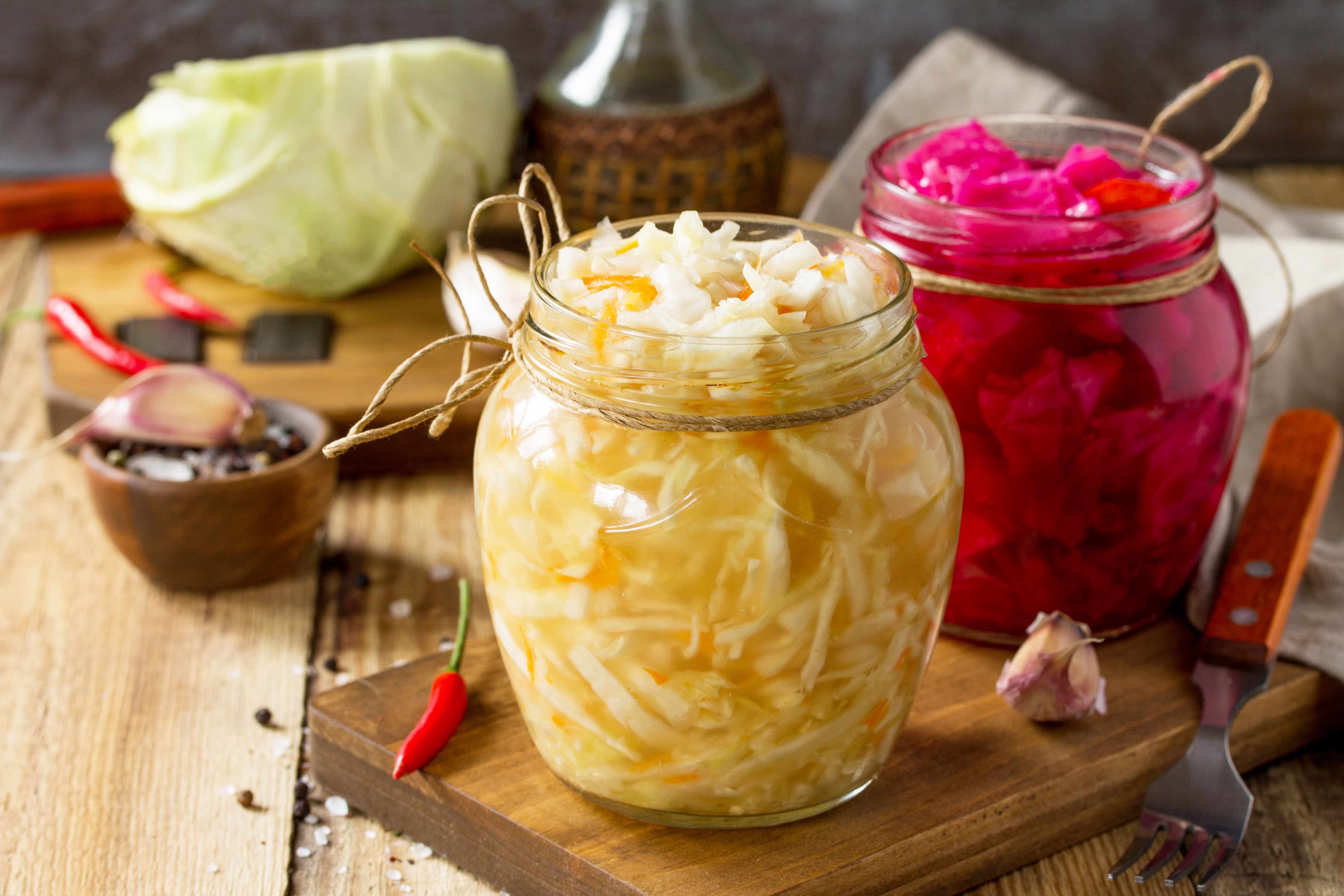
Sauerkraut, the European counterpart to kimchi, is made by fermenting cabbage in salt, allowing natural bacteria to thrive. This process produces live cultures of lactobacilli, which aid in digestion and help balance gut bacteria. Unlike store-bought versions that are often pasteurized (killing off probiotics), raw, unpasteurized sauerkraut is packed with live enzymes and beneficial microbes. Consuming a small portion daily can improve digestion, enhance nutrient absorption, and reduce gut inflammation. Add it to sandwiches, salads, or eat it straight from the jar.
3. Kefir: The Ultimate Gut-Healing Drink
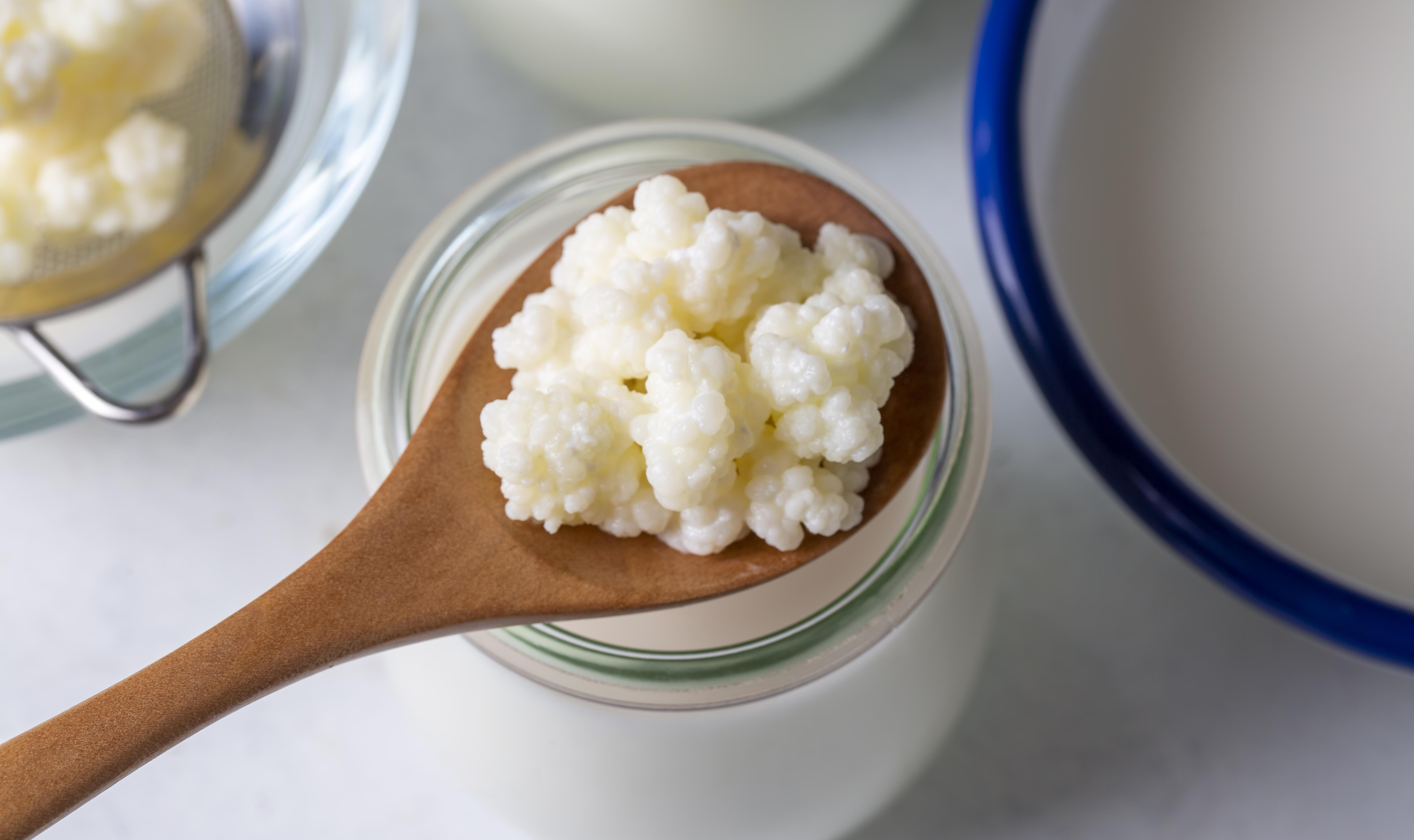
Kefir is a tangy, probiotic-rich drink similar to yogurt but with a thinner consistency and a much higher concentration of beneficial bacteria. Made by fermenting milk with kefir grains, it contains up to 30 strains of probiotics, making it one of the most diverse sources of gut-friendly microbes. Unlike regular dairy, kefir is often well-tolerated by those with lactose intolerance because the fermentation process breaks down much of the lactose. Drinking kefir regularly can improve digestion, support immune function, and even boost mood due to its effect on the gut-brain connection.
4. Miso: The Japanese Superfood for Digestion
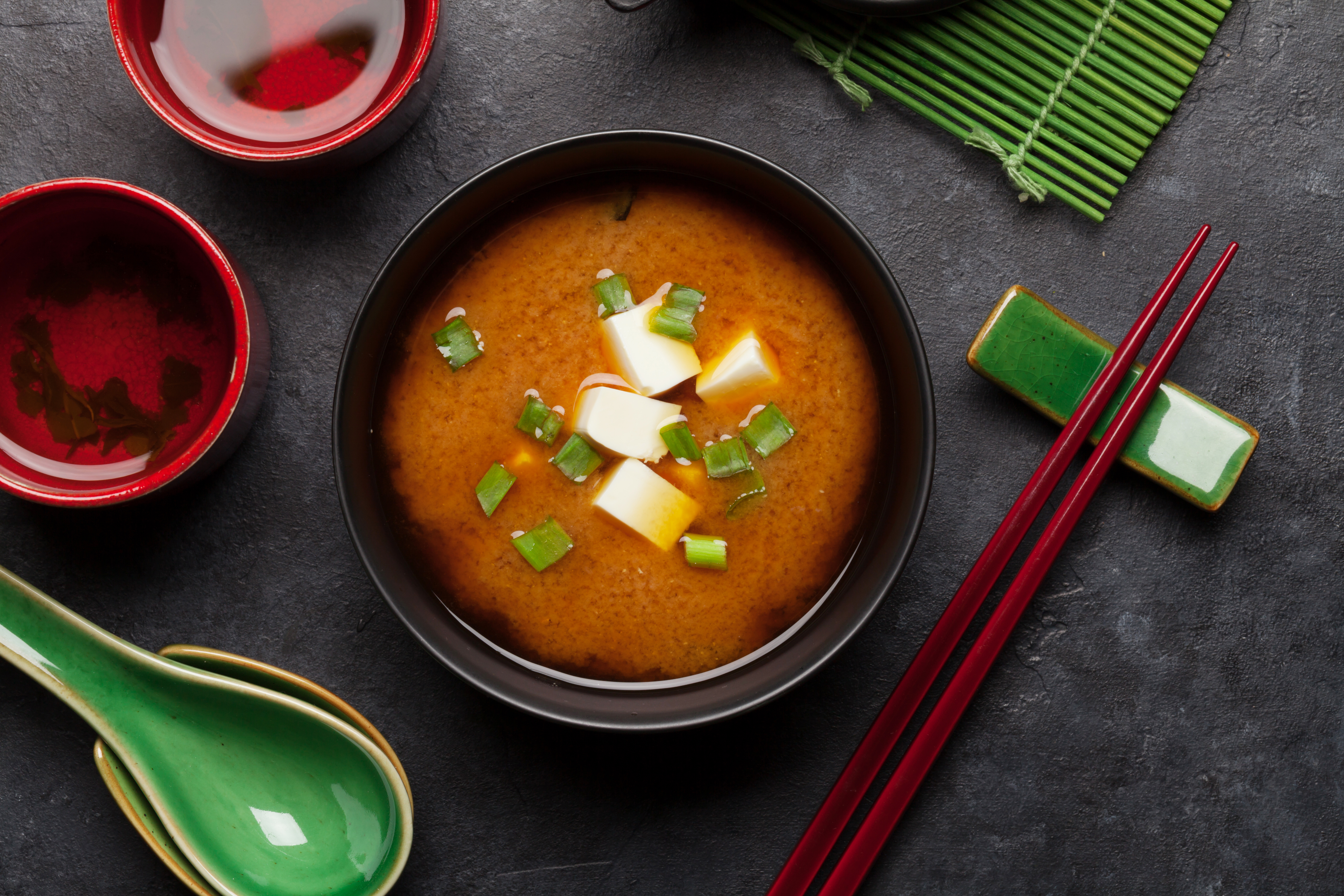
Miso is a fermented soybean paste commonly used in Japanese cuisine. It’s packed with probiotics, enzymes, and essential amino acids, making it a gut-friendly staple. Because miso fermentation often involves koji mold, it also contains powerful antioxidants and anti-inflammatory compounds. Drinking miso soup regularly can promote healthy digestion, reduce bloating, and support immune function. The key is to avoid boiling miso, as high heat can kill the beneficial bacteria. Instead, stir it into warm (not hot) water to preserve its gut-healing properties.
5. Tempeh: The Protein-Rich Gut Booster
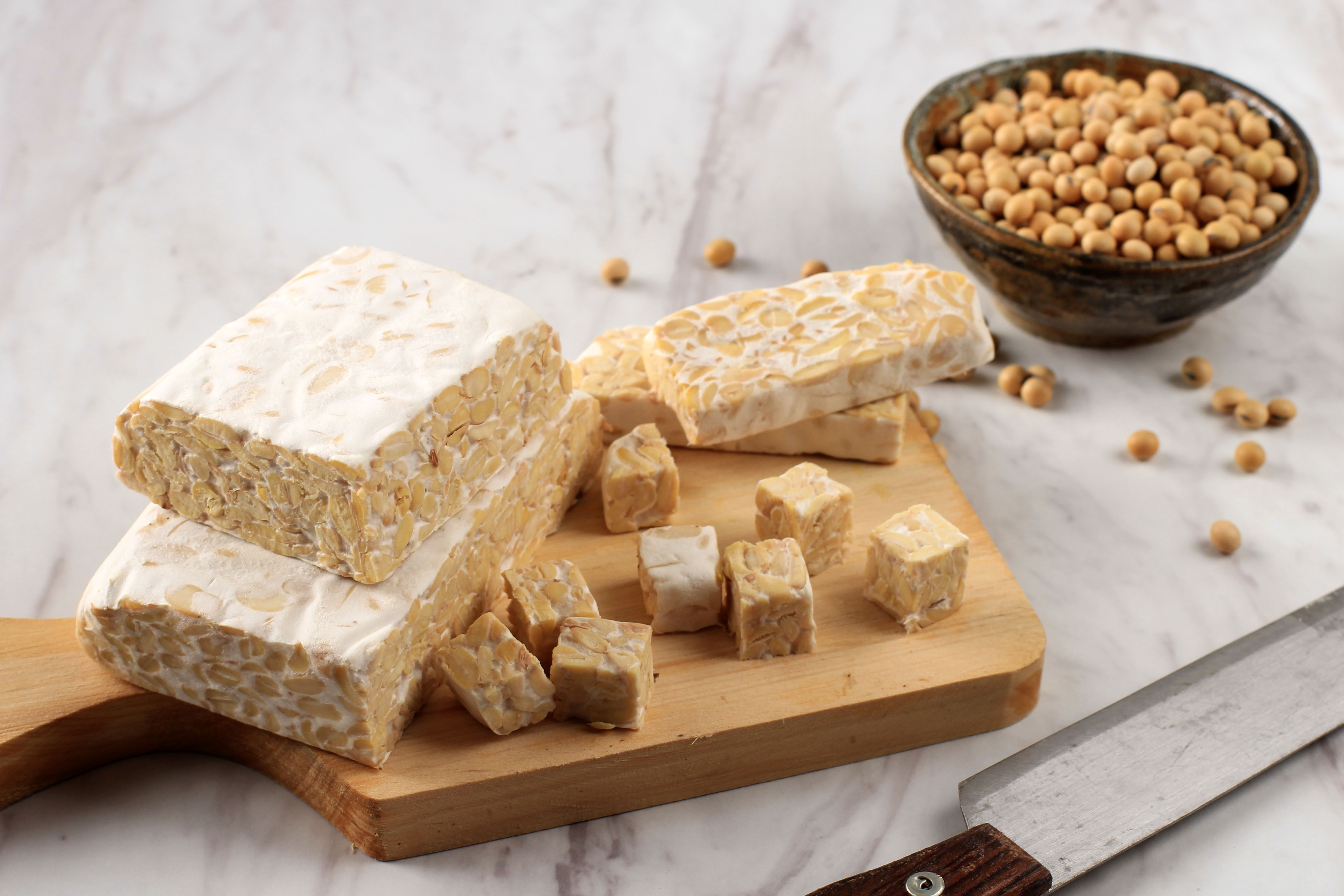
Tempeh is a fermented soybean product that is not only packed with probiotics but also serves as an excellent plant-based protein source. Unlike tofu, which is processed, tempeh undergoes natural fermentation that enhances its nutrient profile and makes it easier to digest. Because fermentation reduces the phytic acid in soybeans, tempeh also improves the absorption of minerals like iron, zinc, and calcium. Its firm, meaty texture makes it a great addition to stir-fries, grain bowls, or sandwiches.
6. Natto: The Fermented Superfood for Gut & Heart Health
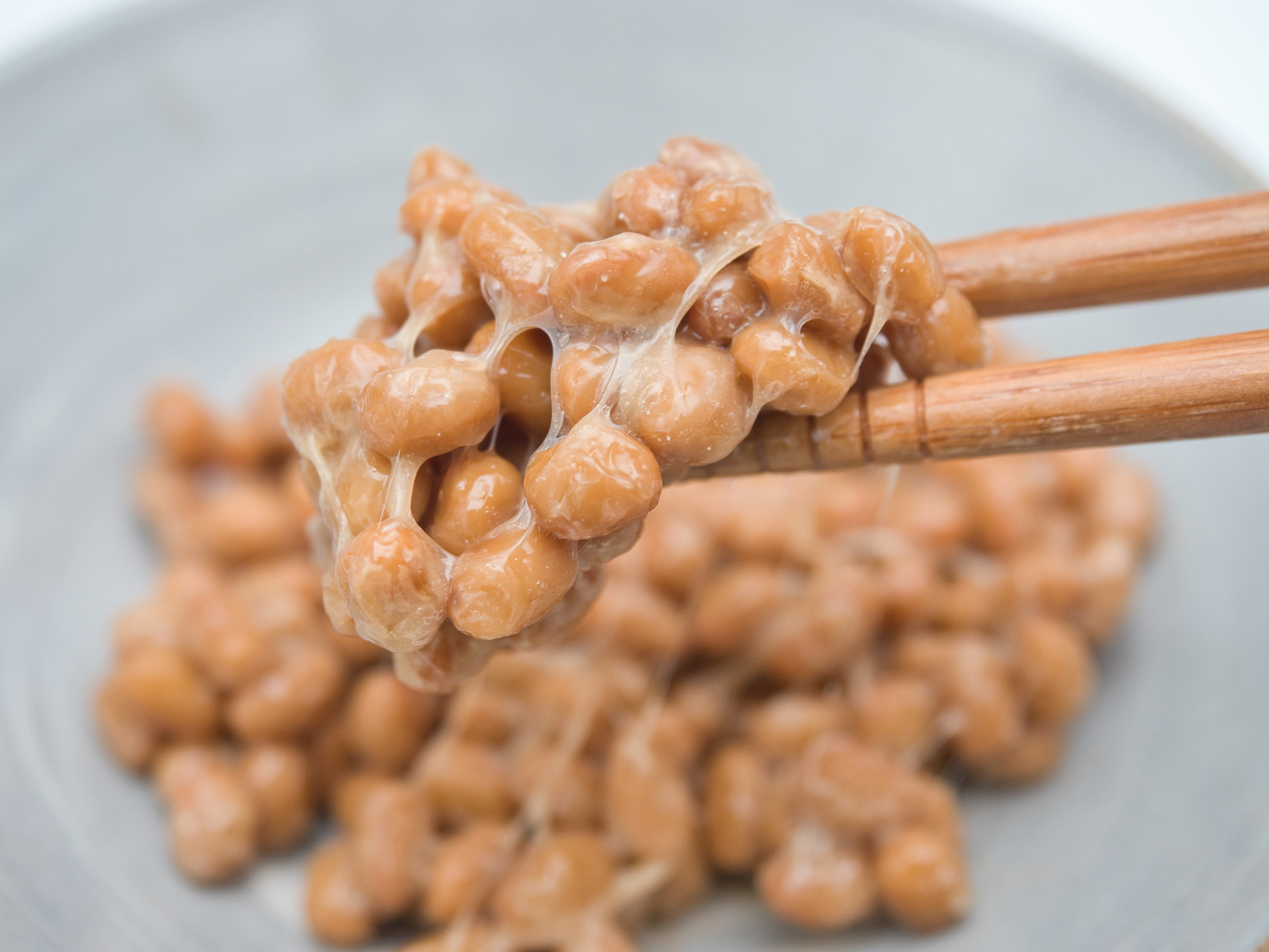
Natto is another fermented soybean dish popular in Japan, but it’s quite different from tempeh. It has a sticky, stringy texture and a strong, pungent smell, but its gut-healing benefits are worth the acquired taste. Rich in Bacillus subtilis, a powerful probiotic strain, natto supports digestion, reduces inflammation, and enhances nutrient absorption. It’s also one of the best sources of vitamin K2, which plays a crucial role in heart and bone health. While its texture may take some getting used to, adding natto to rice dishes or mixing it with mustard and soy sauce can make it more palatable.
7. Kombucha: The Effervescent Gut Cleanser
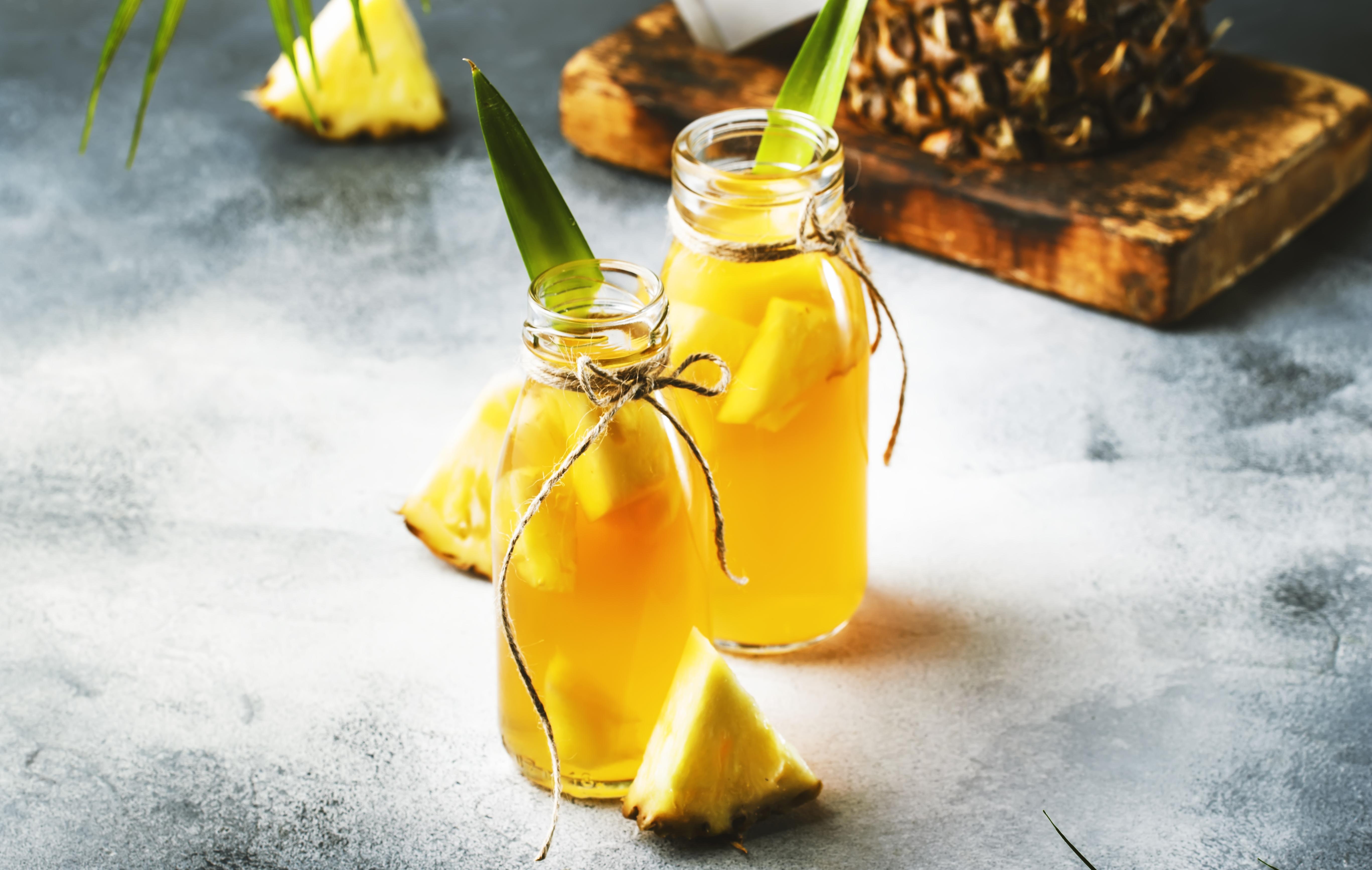
Kombucha is a fermented tea made by culturing tea with a SCOBY (symbiotic culture of bacteria and yeast). It’s loaded with probiotics, organic acids, and antioxidants that help detoxify the gut, improve digestion, and support liver function. Because it contains glucuronic acid, kombucha can aid the body’s natural detoxification processes while also balancing gut flora. Be sure to choose low-sugar, raw kombucha to maximize its probiotic benefits.
8. Pickles (Fermented, Not Vinegar-Based!)
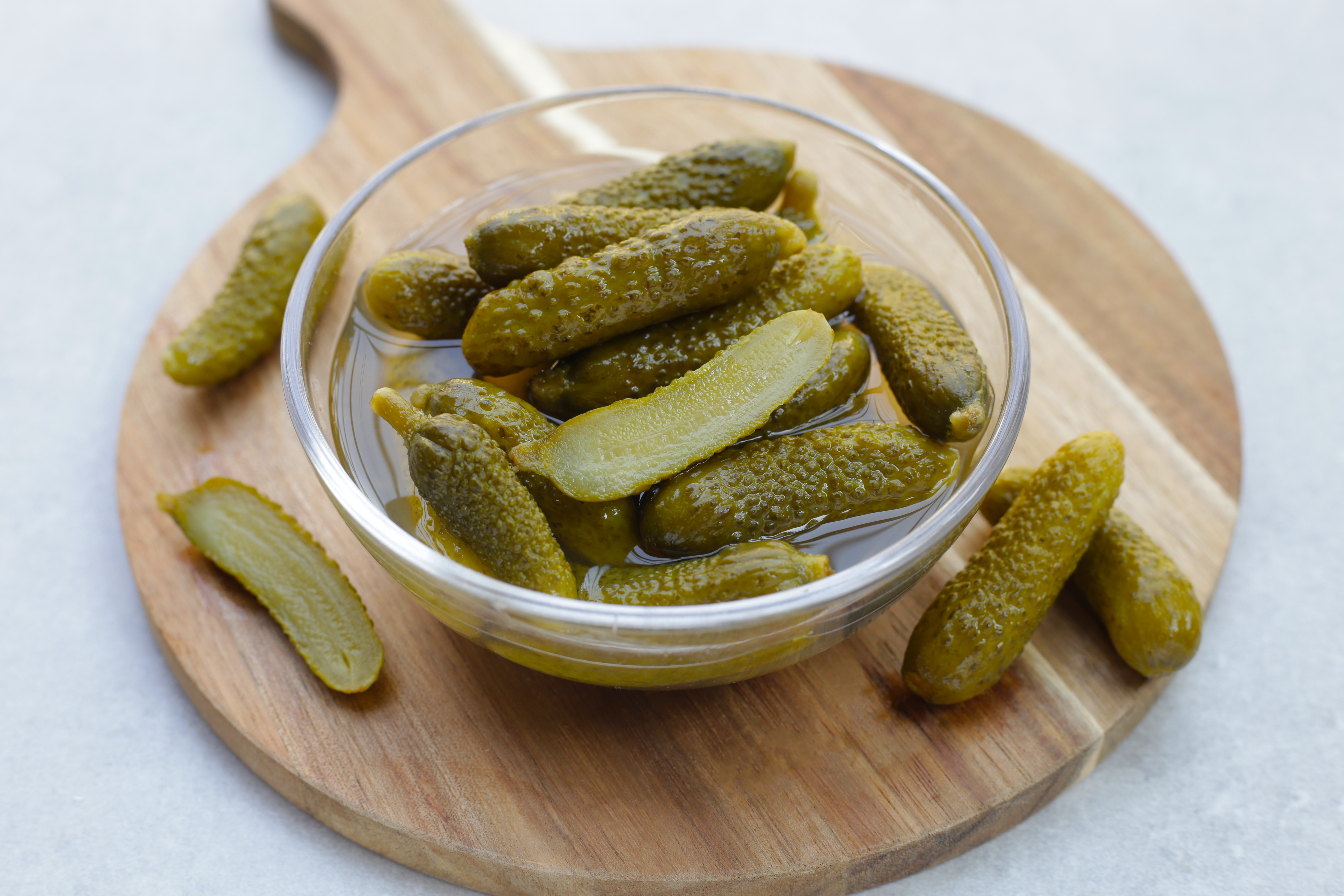
Lacto-fermented pickles are a tangy, crunchy, and highly effective way to add probiotics to your diet. Unlike conventional pickles made with vinegar, fermented pickles undergo a natural fermentation process in a saltwater brine, allowing beneficial bacteria like Lactobacillus to thrive. These probiotics help balance gut flora, aid digestion, and support the immune system. Beyond probiotics, fermented pickles provide electrolytes and enzymes that assist in hydration and nutrient absorption. The fermentation process also increases the bioavailability of certain vitamins, making them even more beneficial. However, not all pickles in the grocery store contain live cultures. To ensure you're getting the gut-boosting benefits, choose raw, unpasteurized pickles from the refrigerated section, as heat processing kills off beneficial bacteria.
9. Yogurt: The Classic Probiotic Staple
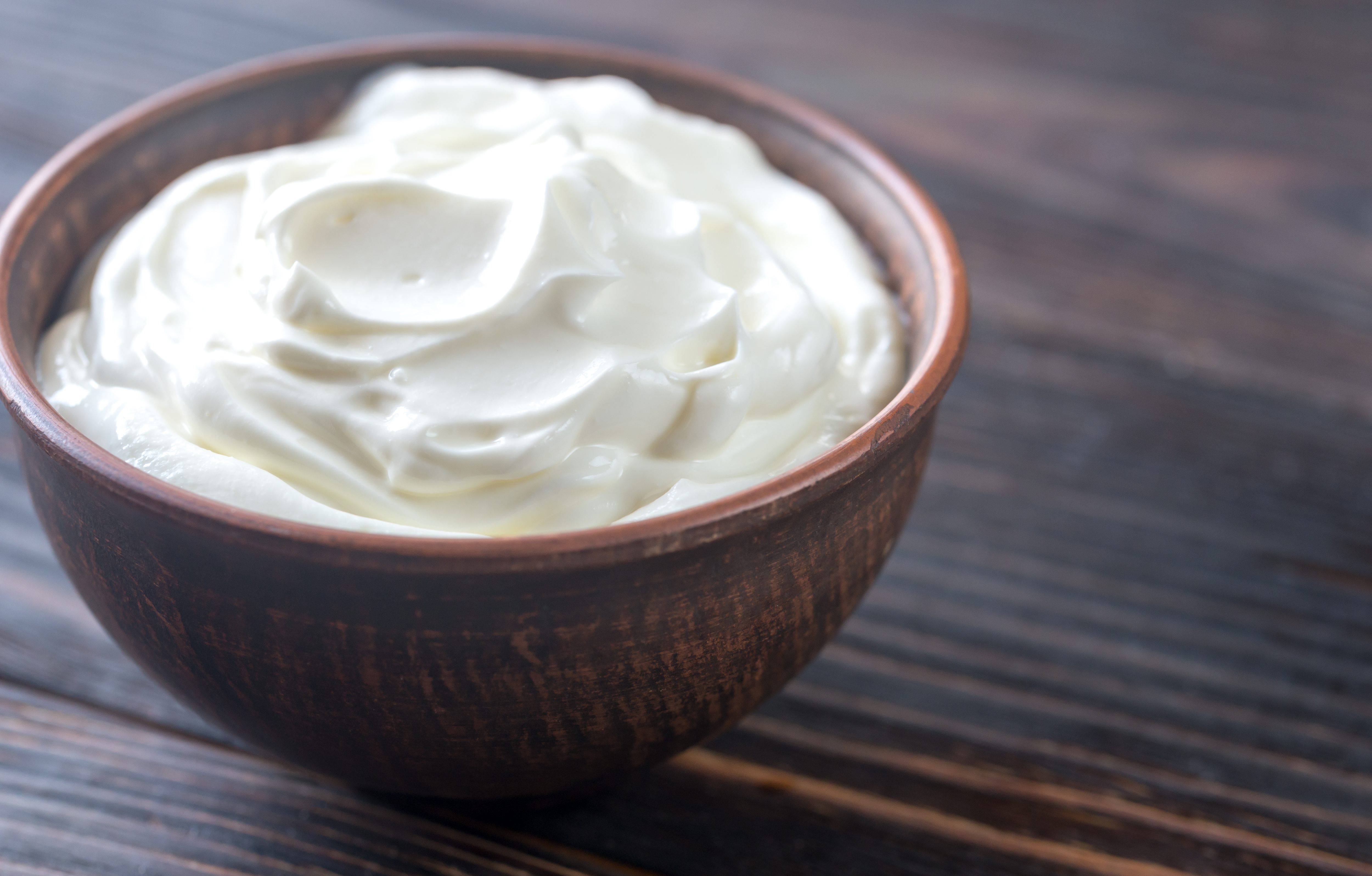
Yogurt is one of the most accessible and widely consumed probiotic foods, offering a simple yet effective way to introduce beneficial bacteria into your diet. The fermentation process creates live and active cultures, including Lactobacillus and Bifidobacterium, which promote gut health, aid digestion, and strengthen the immune system. However, not all yogurts are created equal. Many commercial brands are heavily processed, contain added sugars and artificial flavors, and may lack significant probiotic benefits. The best choices are plain, full-fat, or Greek yogurts with minimal ingredients and clearly labeled live cultures. In addition to probiotics, yogurt is rich in protein, calcium, and B vitamins, making it a nutrient-dense option for breakfast, snacks, or smoothies.
10. Lassi: The Ayurvedic Probiotic Drink
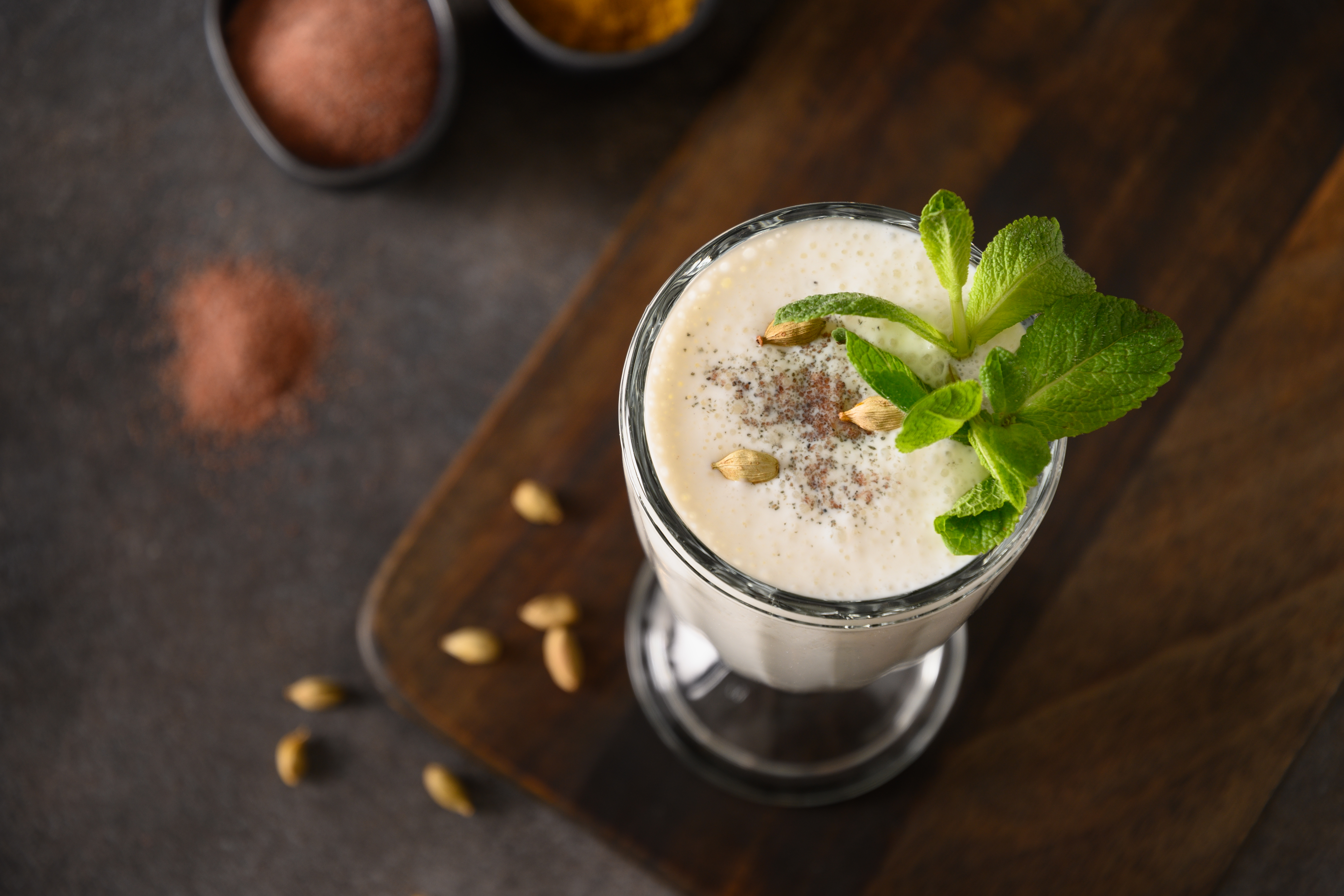
Lassi, a traditional Indian fermented dairy drink, has been cherished for centuries as a digestive aid and gut health booster. Made from blended yogurt, water, and spices, lassi contains live lactobacilli, which help maintain a balanced gut microbiome, promote regularity, and reduce bloating. Unlike processed probiotic drinks that contain added sugars, lassi is naturally nourishing. It’s often infused with cumin, cardamom, ginger, or mint, which further enhance its anti-inflammatory and digestive benefits. Ginger, in particular, can soothe the stomach, support enzyme production, and alleviate nausea. Lassi is traditionally consumed with meals to aid digestion and prevent heaviness after eating. It’s available in both sweet and savory variations, making it a versatile probiotic drink. Those who are lactose-intolerant can opt for dairy-free lassi alternatives made with coconut or almond yogurt.
11. Kvass: The Eastern European Gut Tonic
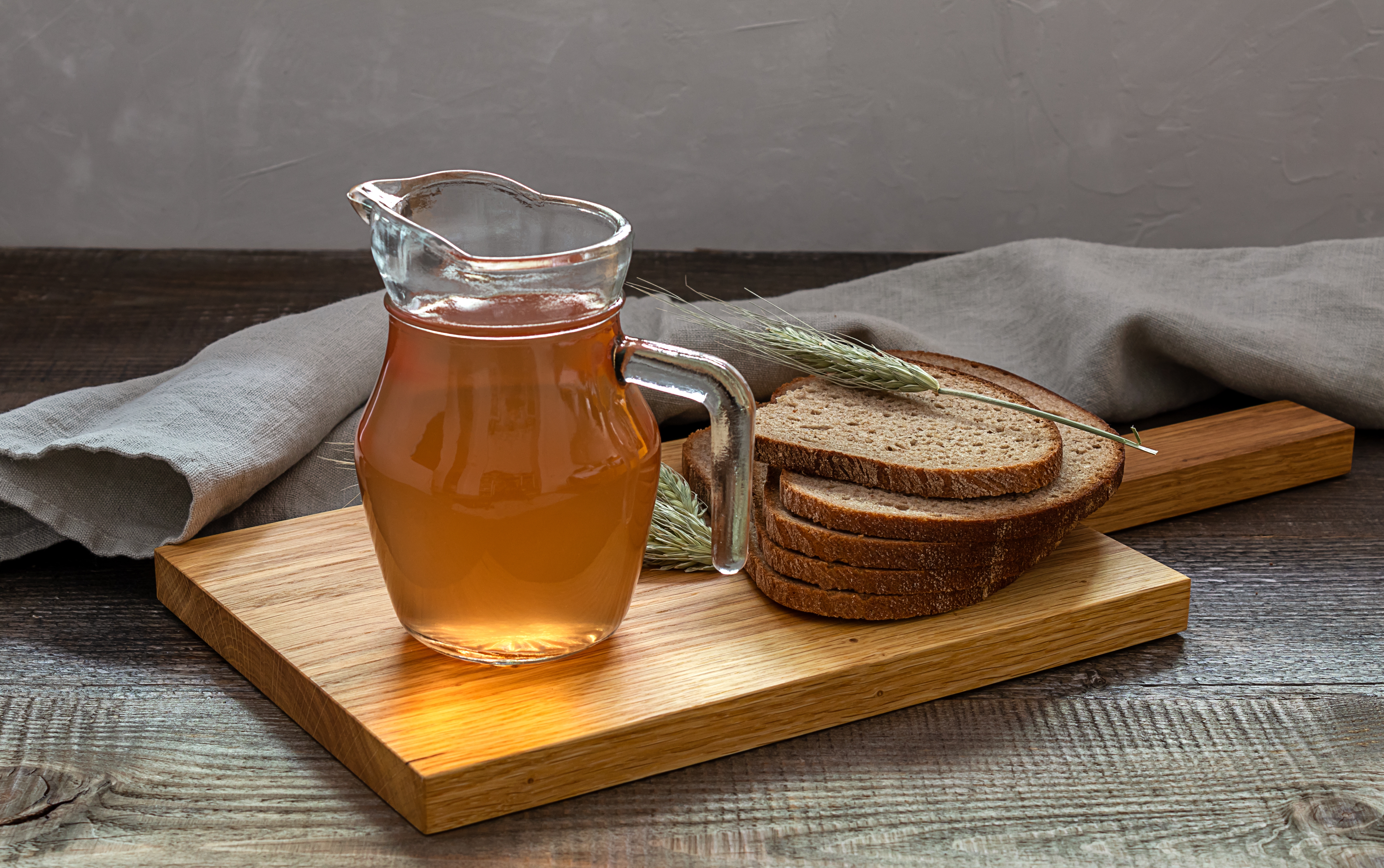
Kvass is an ancient Eastern European fermented beverage known for its bold, earthy flavor and impressive gut-healing benefits. Traditionally made from fermented rye bread or beets, kvass contains a unique blend of probiotics, enzymes, and B vitamins that support digestive health and detoxification. Beet kvass, in particular, is rich in antioxidants and nitrates, which help improve circulation, liver function, and cellular oxygenation. The fermentation process enhances its ability to balance gut bacteria, reduce inflammation, and aid digestion. Kvass has a slightly tangy, sour taste that can take some getting used to, but its detoxifying and alkalizing effects make it well worth incorporating into your routine. Drinking a small glass before meals can stimulate stomach acid production, making digestion more efficient.
12. Coconut Kefir: A Dairy-Free Probiotic Alternative
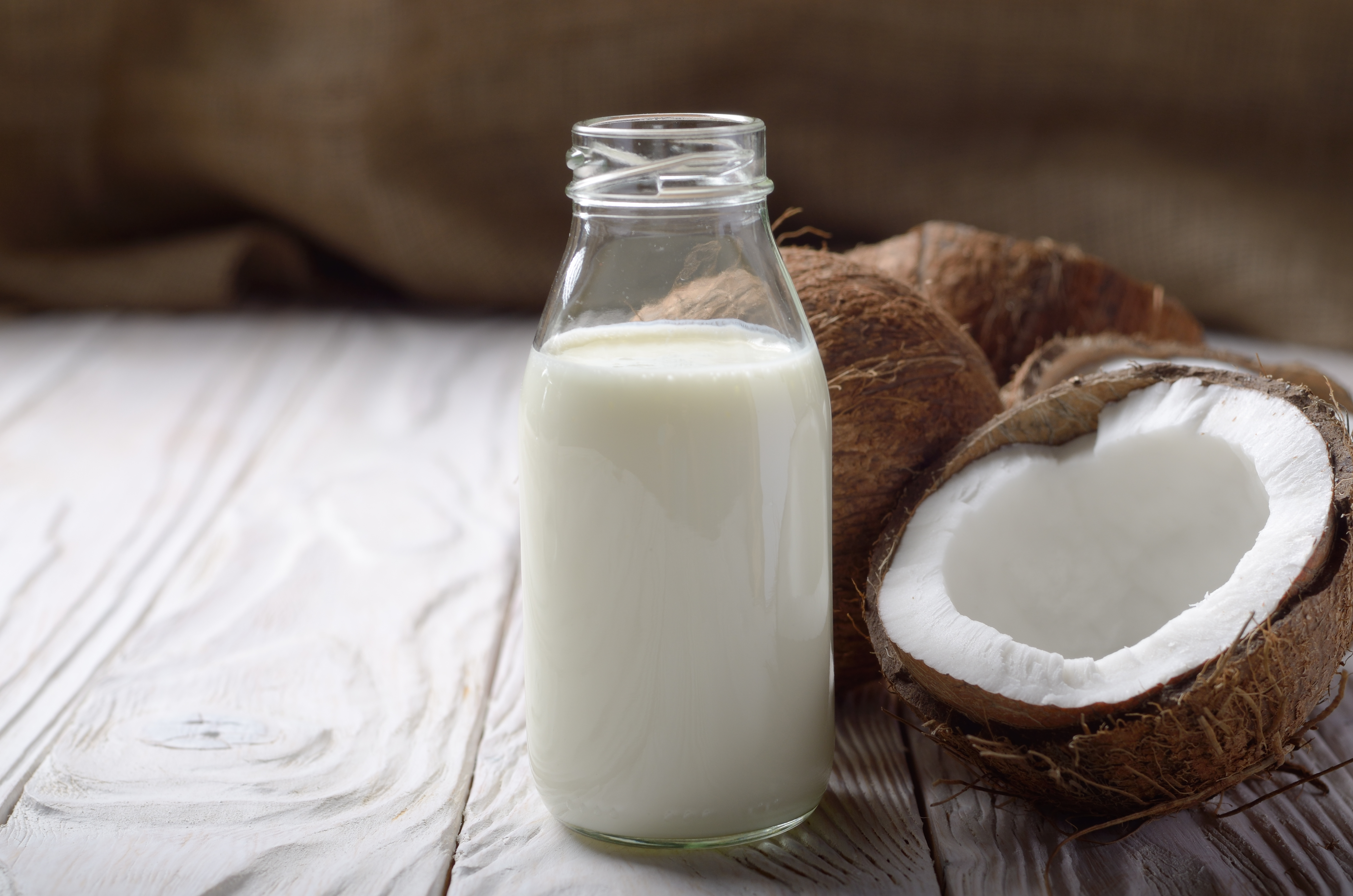
Coconut kefir is a refreshing, dairy-free probiotic drink made by fermenting coconut water with kefir grains. Unlike traditional milk kefir, coconut kefir is completely plant-based, making it an ideal choice for vegans and those with lactose intolerance. What makes coconut kefir stand out is its high concentration of probiotics, electrolytes, and enzymes. The natural fermentation process enhances its ability to support digestion, reduce bloating, and restore gut balance. Because it is also rich in potassium and magnesium, coconut kefir helps replenish hydration levels and regulate muscle function. This tangy, lightly effervescent drink can be enjoyed on its own, mixed into smoothies, or used as a base for salad dressings. Regular consumption of coconut kefir can strengthen the gut microbiome, improve skin health, and boost overall energy levels.
13. Doenjang: The Korean Fermented Soybean Paste for Gut & Heart Health
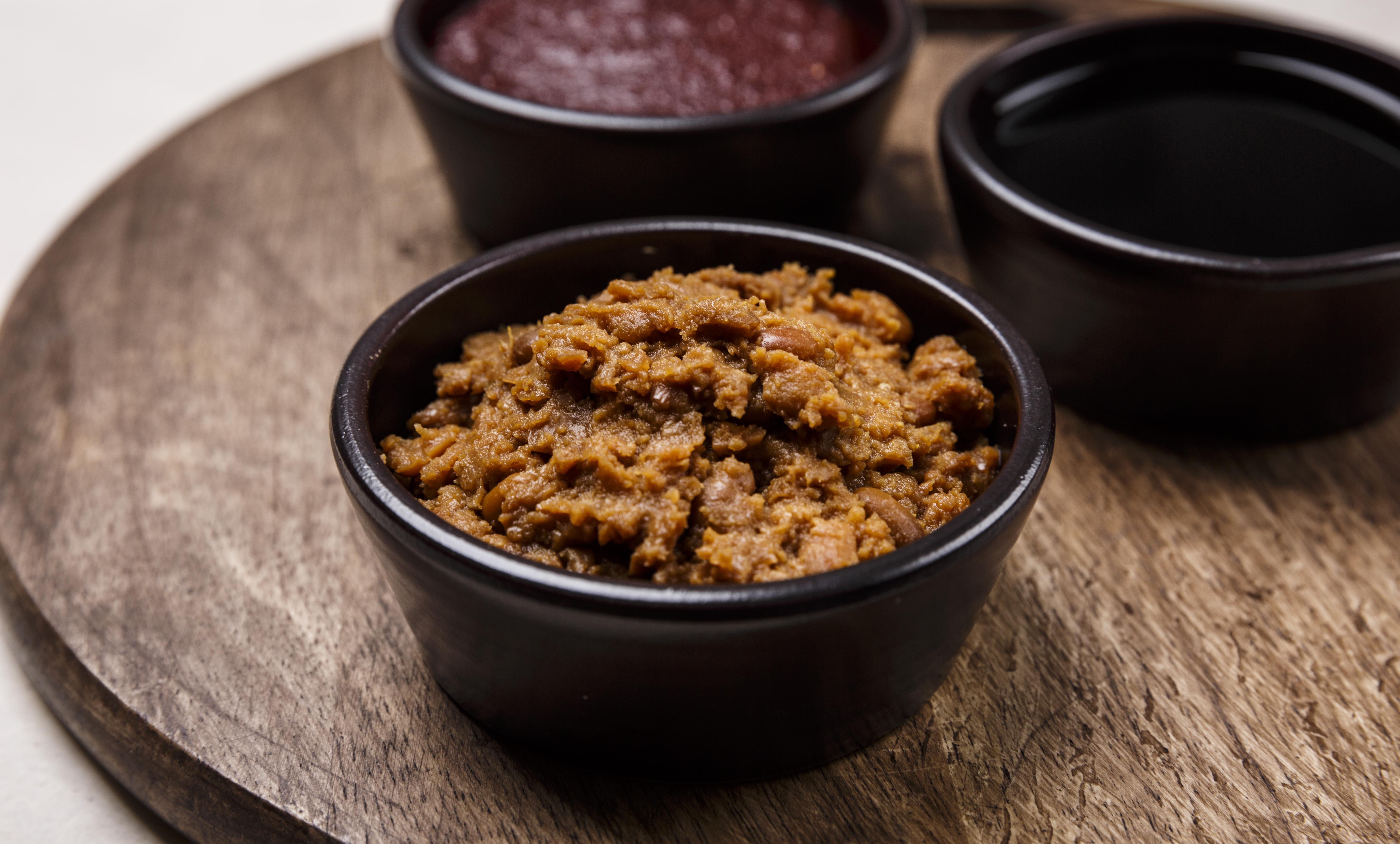
A cousin to miso, doenjang is a traditional Korean fermented soybean paste that boasts an even richer probiotic profile. It’s made by fermenting soybeans with salt and water for months, sometimes years, allowing beneficial bacteria to flourish. Doenjang is packed with Bacillus subtilis, a probiotic strain that enhances digestion, boosts immune function, and even supports cardiovascular health. Unlike many processed soy products, the fermentation process of doenjang helps reduce anti-nutrients, making minerals like magnesium, zinc, and iron more bioavailable. Try it in soups, marinades, or mixed into a warm bowl of rice for a savory, umami-rich gut-boosting addition.
14. Fermented Black Garlic: The Gut-Friendly Super Antioxidant
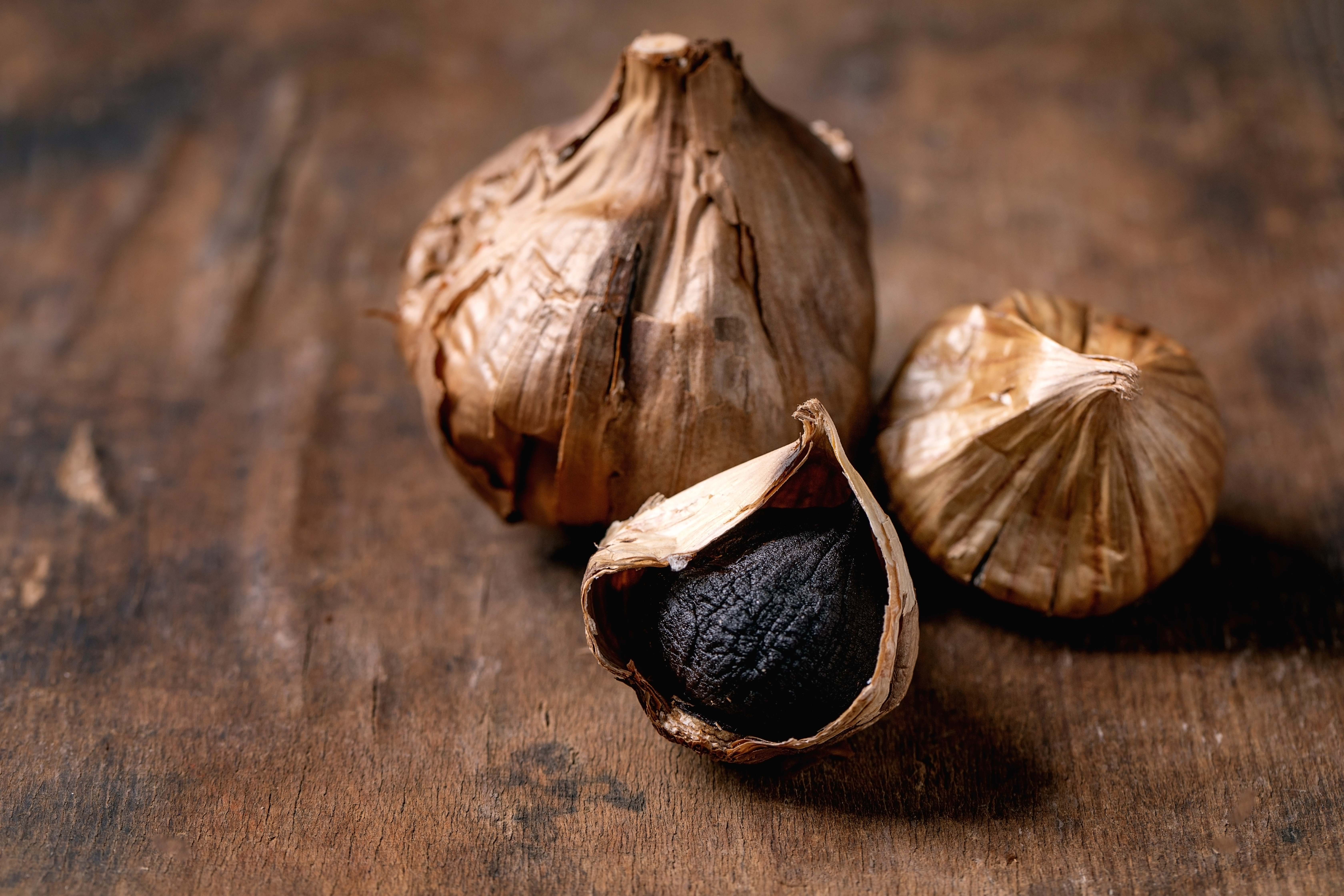
Black garlic is regular garlic that has undergone a slow fermentation process, transforming it into a soft, sweet, and tangy superfood. This process amplifies its antioxidant levels and enhances S-allyl cysteine, a compound that supports heart health and reduces inflammation. While black garlic isn’t traditionally thought of as a probiotic, its unique fermentation process enhances gut bacteria diversity and supports overall microbiome balance. It’s also easier to digest than raw garlic, making it a gentler option for those with sensitive stomachs. Add it to salad dressings, sauces, or eat it straight for a powerful metabolic and immune boost.
15. Smreka: The Forgotten Fermented Juniper Berry Drink
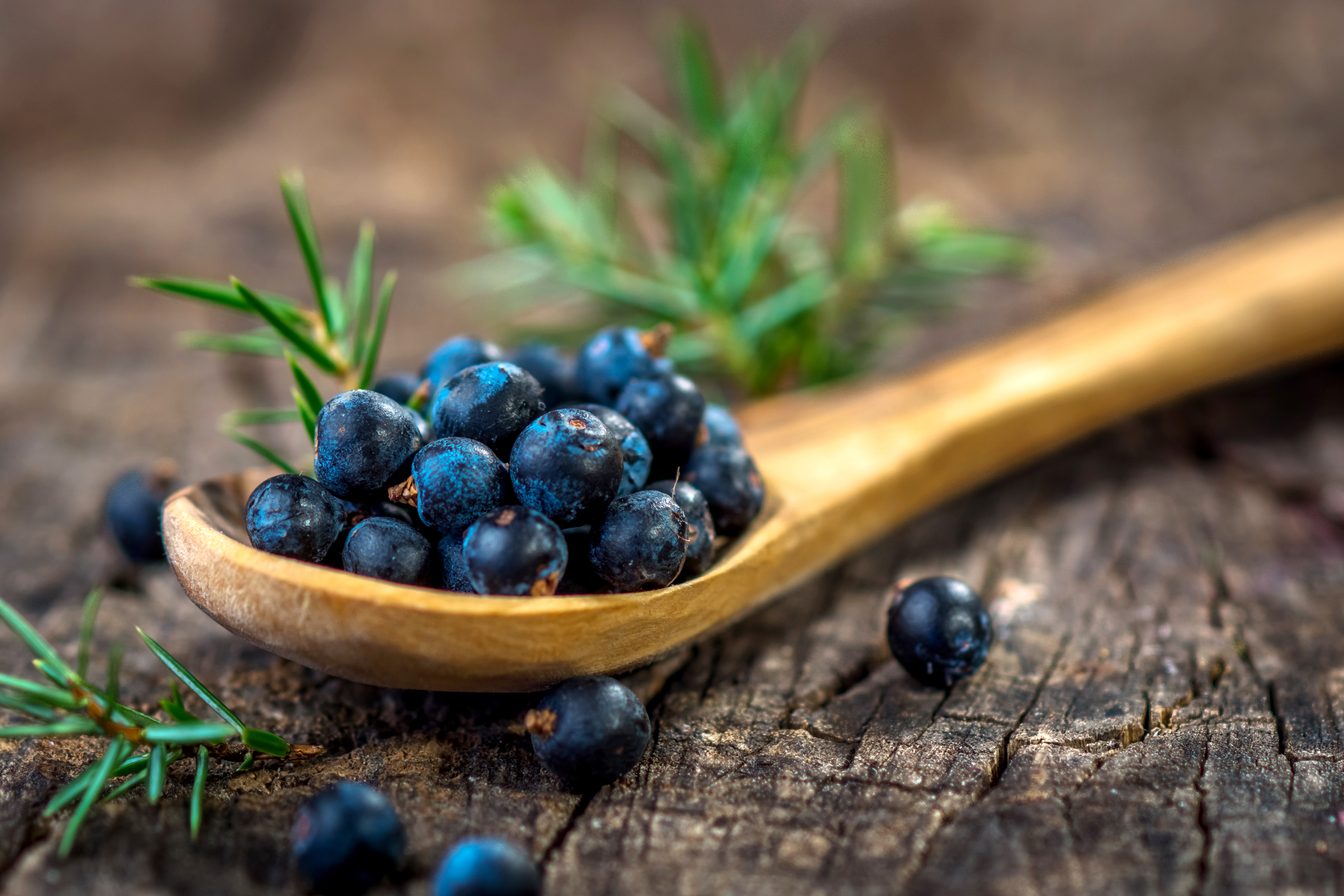
Originating from the Balkans, smreka is a unique fermented juniper berry drink that’s making a comeback due to its gut-healing properties. Juniper berries are packed with antimicrobial and anti-inflammatory compounds, and the fermentation process enhances their bioavailability. Smreka acts as a natural digestive aid, supporting gut flora while helping to detoxify the liver and kidneys. Traditionally, it’s made by fermenting juniper berries in water for several weeks, creating a tart, slightly fizzy beverage loaded with beneficial bacteria. It’s a refreshing, low-sugar alternative to kombucha and can be enjoyed as a daily probiotic tonic.
16. Fermented Tofu: The Gut-Healing Vegan Protein
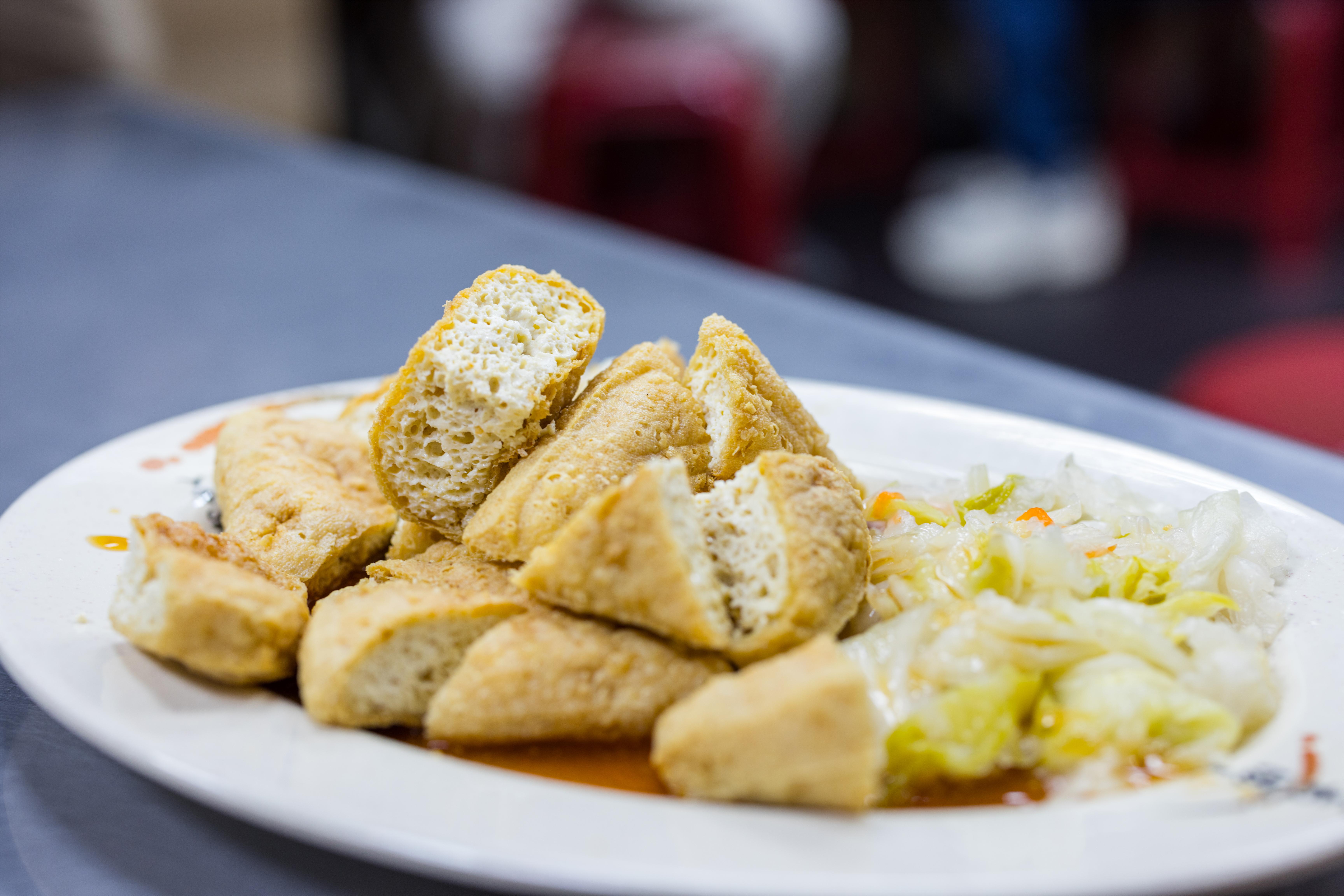
For those seeking a plant-based probiotic powerhouse, fermented tofu (also known as stinky tofu or sufu) is an excellent option. Popular in Chinese and Southeast Asian cuisines, this fermented soybean curd is aged with mold cultures, which pre-digests the proteins and enhances its probiotic content. Unlike regular tofu, fermented tofu is rich in enzymes and beneficial bacteria that aid digestion and improve nutrient absorption. It’s a great choice for those looking to improve gut health while getting a high-protein, low-carb fermented food. Use it as a topping for soups, mix it into sauces, or spread it on toast for a savory, cheese-like alternative.
17. Gari: The Fermented Ginger Pickle That Boosts Digestion
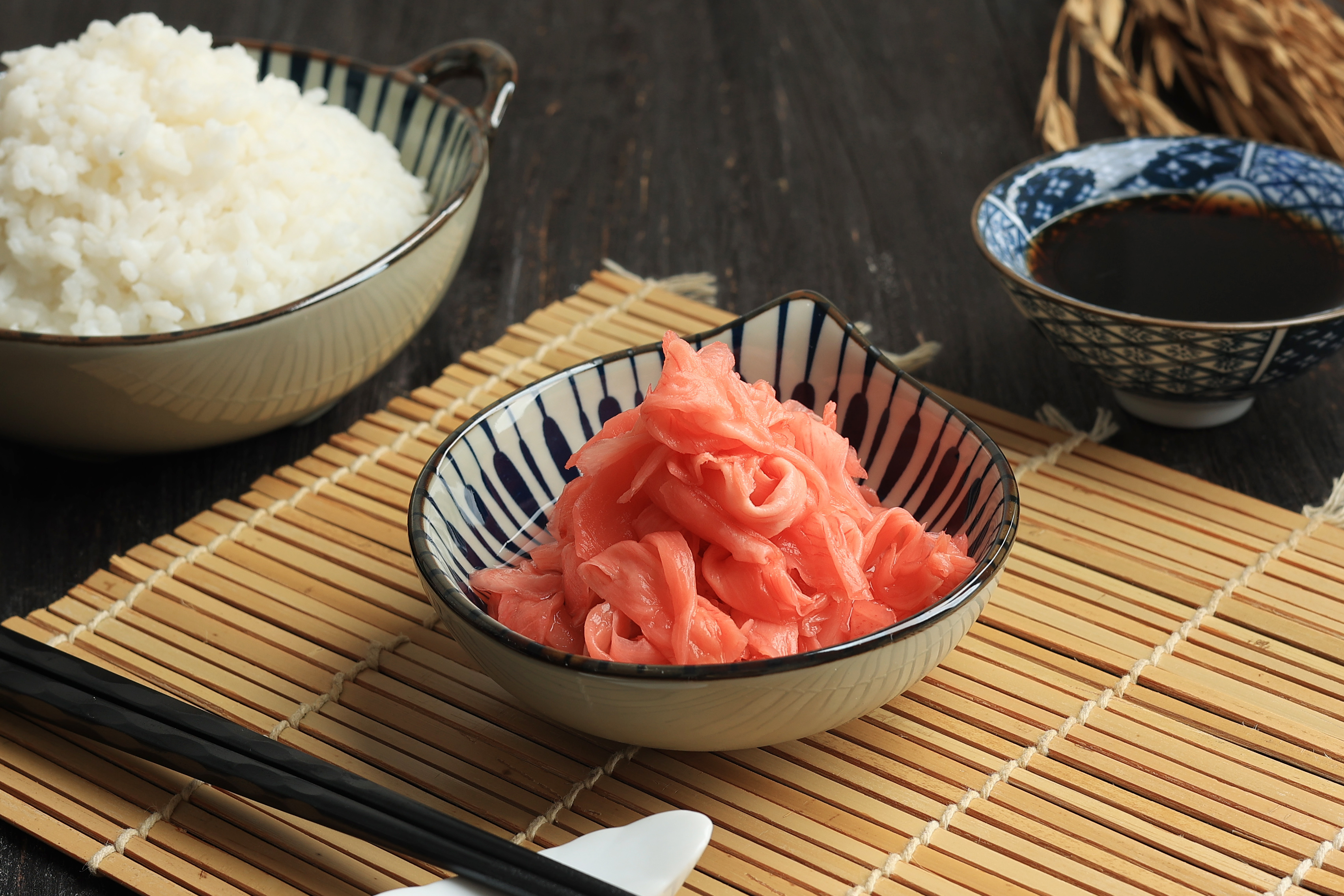
If you’ve ever eaten sushi, you’ve probably encountered gari, the thinly sliced fermented pickled ginger that refreshes the palate. While many commercial versions are pickled in vinegar and sugar, traditionally fermented gari undergoes a natural lacto-fermentation process, enhancing its probiotic benefits. Ginger itself is already a powerful digestive aid, stimulating enzyme production and reducing bloating, but fermentation takes it to the next level by introducing beneficial bacteria. Enjoying a small serving of naturally fermented gari before meals can improve gut motility, support digestion, and reduce nausea.
18. Nước Mắm: Vietnam’s Fermented Fish Sauce for a Healthy Gut
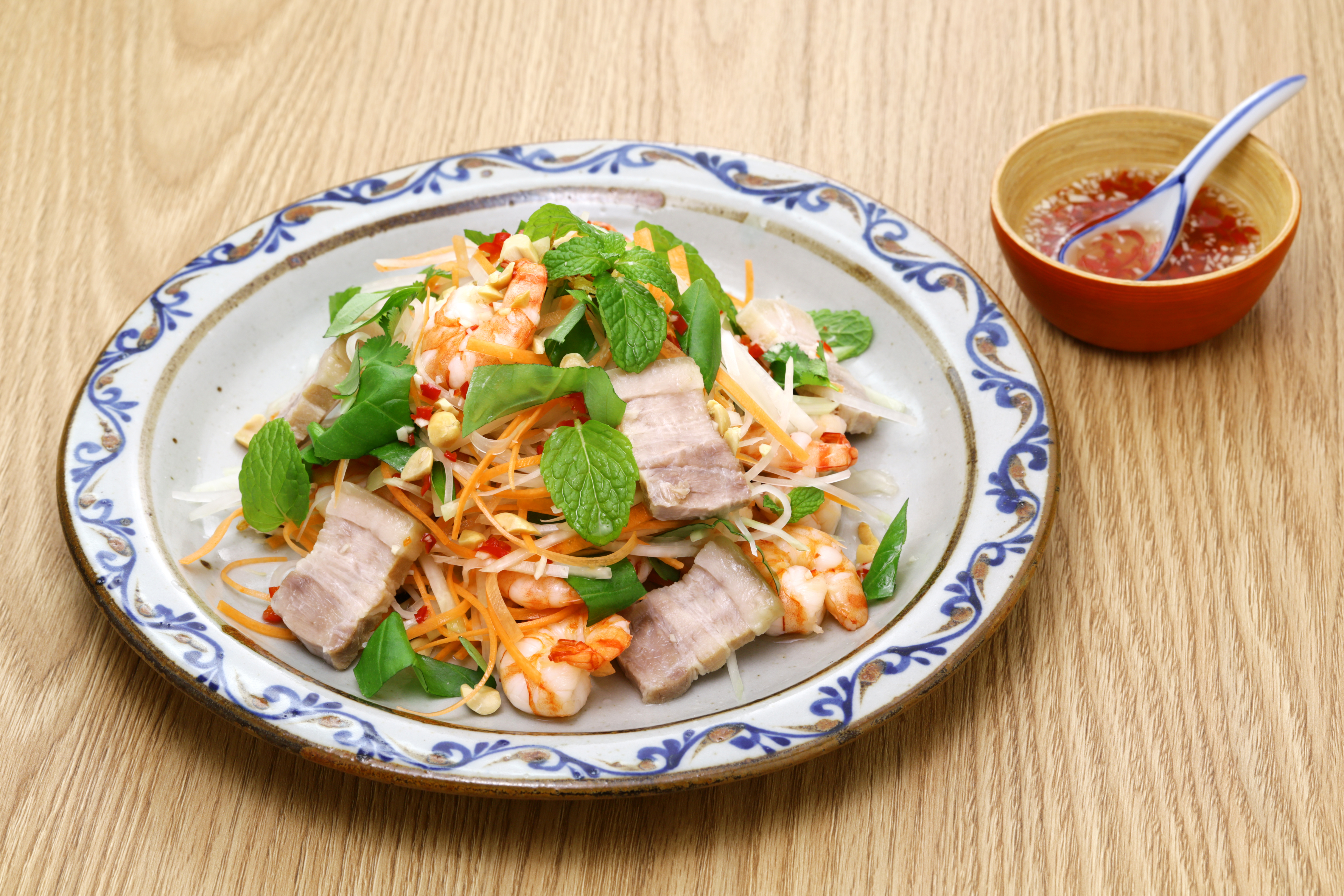
Vietnamese nước mắm, or fermented fish sauce, is an umami-rich staple packed with gut-friendly bacteria. Unlike store-bought versions filled with additives, traditionally fermented fish sauce is made by fermenting fresh fish with salt for months or even years, allowing natural lactobacilli to thrive. This results in a potent probiotic liquid that’s high in essential amino acids and minerals like iodine and phosphorus. While fish sauce is often used as a seasoning, its fermentation process also makes it easier to digest and beneficial for gut microbiome balance. Drizzle it over vegetables, use it in marinades, or mix it into dressings for a probiotic-rich flavor boost.
19. Burong Mangga: The Probiotic Green Mango Ferment
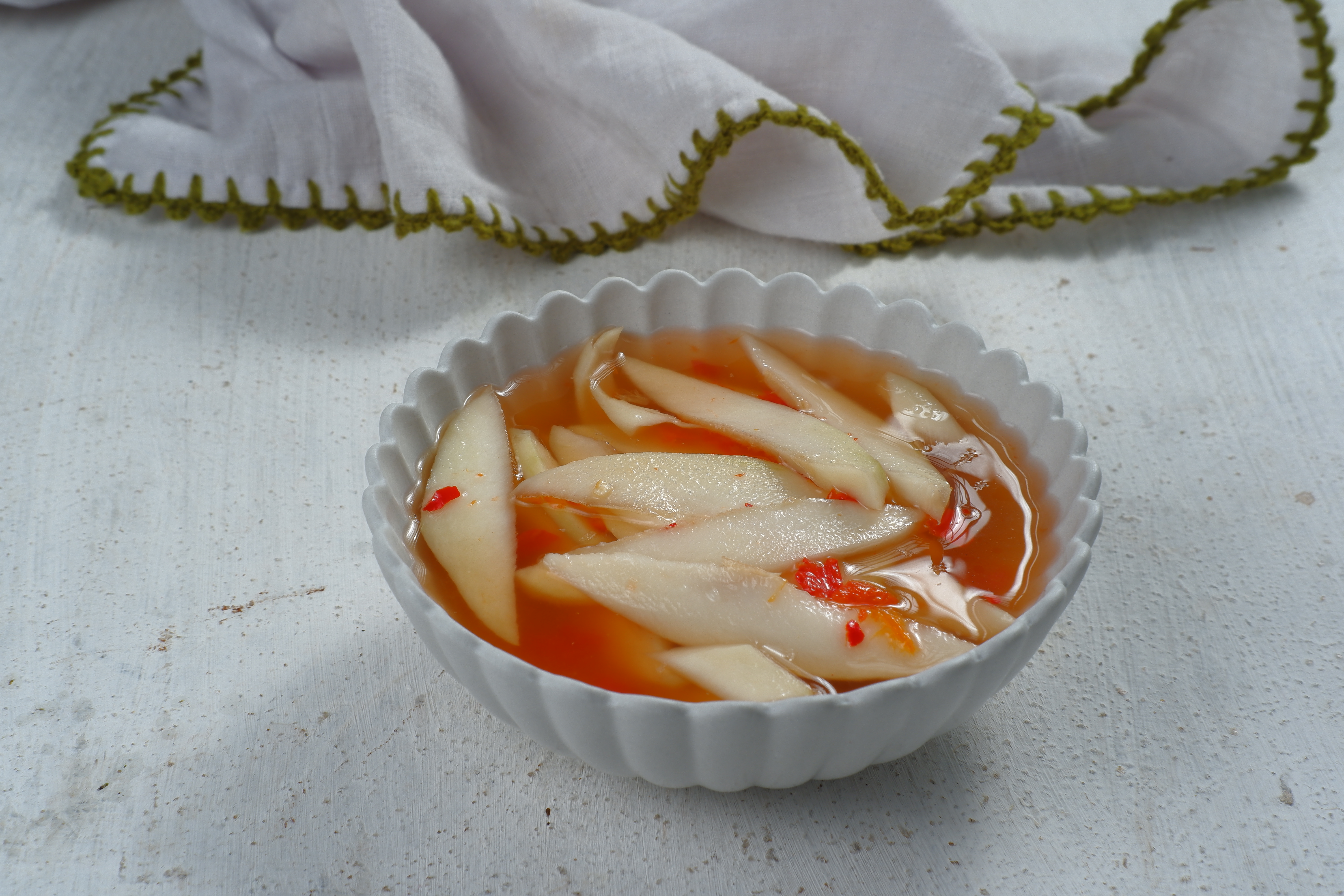
Burong mangga is a traditional Filipino dish made from fermenting green mangoes in saltwater brine, creating a crunchy, tangy, probiotic-rich treat. This unique fermented fruit is loaded with Lactobacillus strains, making it an excellent addition to any gut-healing diet. Green mangoes are naturally rich in prebiotic fiber, meaning they feed good gut bacteria while the fermentation process enhances probiotic content. The result? A gut-boosting super-snack that helps reduce bloating, improve digestion, and regulate blood sugar. Enjoy burong mangga as a refreshing side dish, mix it into salads, or pair it with grilled meats.
20. Togwa: Tanzania’s Fermented Millet & Sorghum Drink

Togwa is a traditional fermented porridge-like drink from East Africa, made from millet and sorghum grains. The fermentation process increases its probiotic content, making it a naturally rich source of beneficial lactobacilli and prebiotic fiber. Togwa is particularly powerful because millet and sorghum are naturally gluten-free and rich in resistant starch, which feeds good gut bacteria and supports digestion. This makes it a perfect choice for people with gluten sensitivities or those looking to add more gut-friendly grains to their diet. It’s slightly tangy, refreshing, and can be enjoyed cold or warm for a nourishing, probiotic-rich meal replacement.
21. Fermented Chili Sauce: A Spicy Probiotic Punch
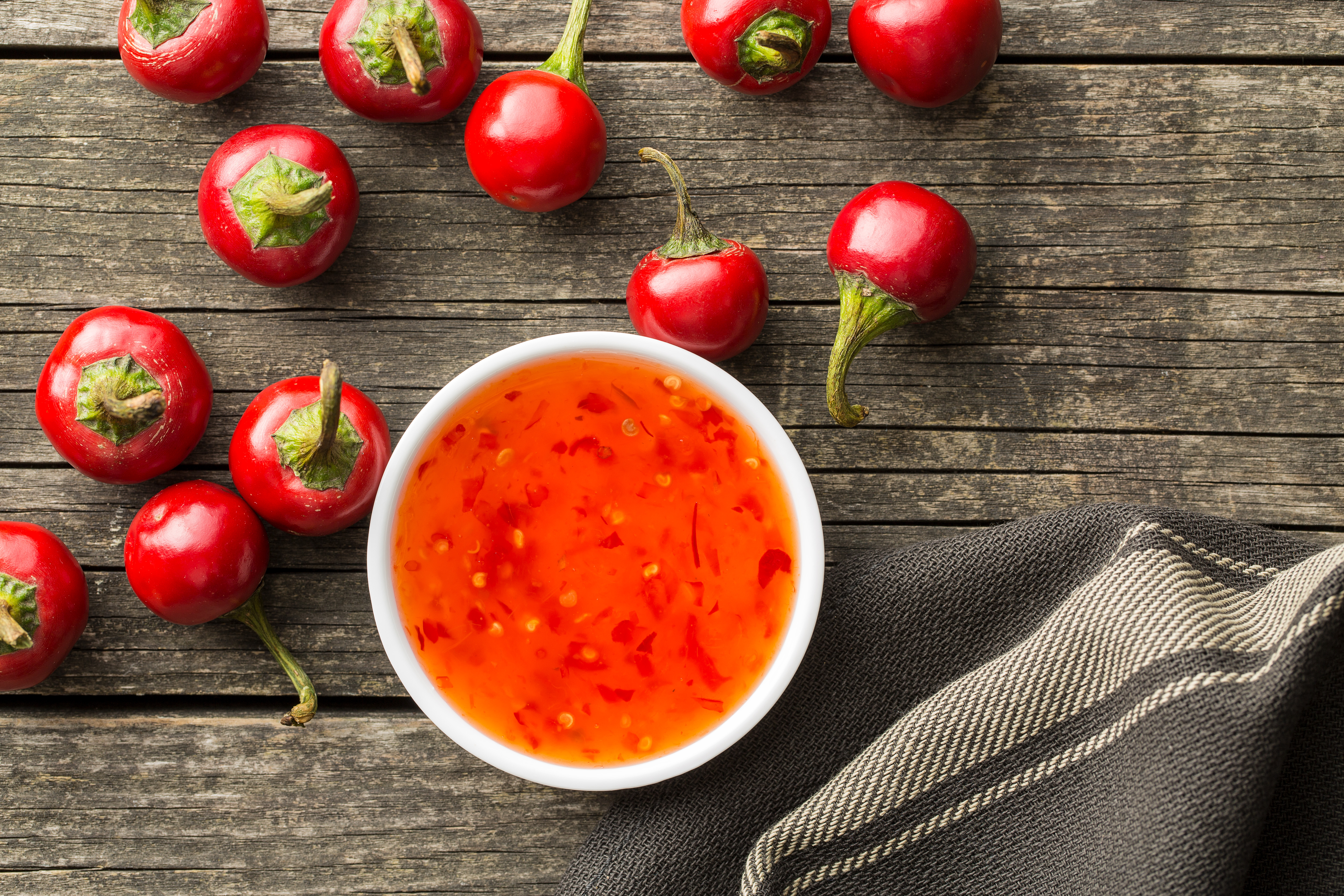
If you love hot sauce, fermented chili sauce is a game-changer. Unlike vinegar-based hot sauces, naturally fermented chili sauces go through a lacto-fermentation process that creates a complex, tangy, and probiotic-rich condiment. Chili peppers are naturally high in capsaicin, which boosts metabolism and reduces inflammation, while fermentation adds gut-friendly lactobacilli. This fiery ferment supports gut health, immunity, and digestion while providing the added benefit of heat-induced endorphin release. Look for raw, unpasteurized versions, or try making your own by fermenting chili peppers with garlic, salt, and water for 1-2 weeks.
22. Plum Jangajji: The Fermented Korean Pickled Plum
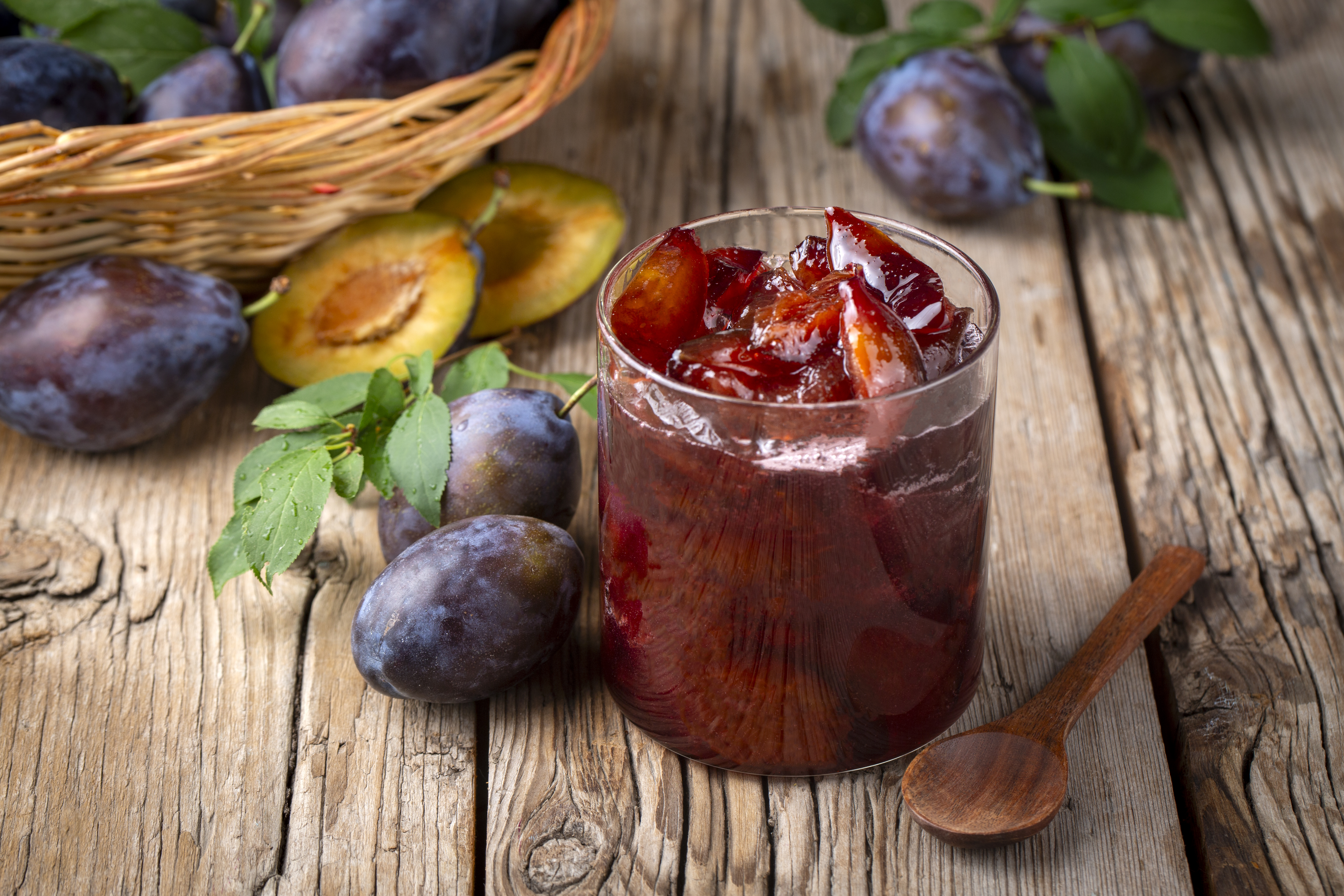
Plum jangajji is a lesser-known Korean fermented fruit that packs a serious probiotic punch. Made by fermenting unripe plums in soy sauce or brine, this tart, umami-rich treat is high in polyphenols, digestive enzymes, and probiotics that support gut health and digestion. Plums are naturally high in fiber and antioxidants, making their fermented version even more beneficial for gut microbiota balance and inflammation reduction. Enjoy it as a tangy topping for rice dishes, a salad enhancer, or even eaten straight as a probiotic-rich snack.
23. Aged Raw-Milk Cheeses: Living Rinds and Gut Benefits

Certain hard, aged cheeses, especially those made from raw (unpasteurized) milk like some traditional Cheddars, Gruyères, or Parmesans, can retain beneficial bacteria developed during fermentation and aging. The complex microbial communities on the rind and within the cheese contribute unique flavors and potentially gut-friendly properties. While not a primary probiotic source like yogurt, consuming these cheeses in moderation introduces diverse microbes. Look for artisanal, raw-milk cheeses aged for at least 60 days, enjoying their complexity while adding microbial diversity to your diet.
24. Traditional Sourdough Bread: Gut-Friendly Gluten Transformation
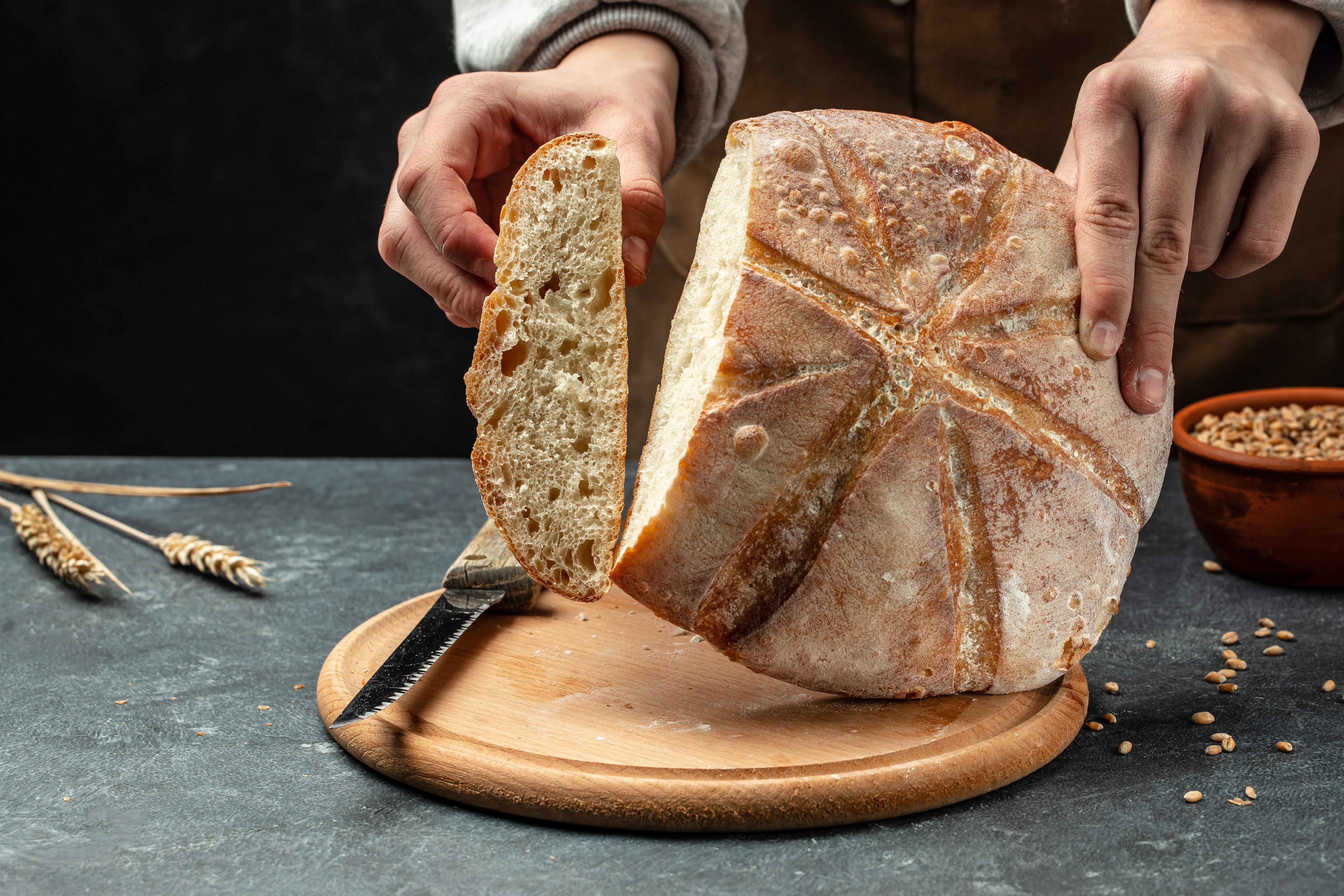
True sourdough relies on a long fermentation process using a wild yeast and bacteria starter. This extended fermentation breaks down gluten significantly, making it easier to digest for many (even some with sensitivities), and neutralizes phytic acid, increasing mineral absorption. While the baking kills live probiotics, the prebiotic fibers and lactic acid produced nourish existing gut bacteria and support a healthy gut environment. Choose authentic sourdough from bakeries using traditional methods, not commercial loaves with added yeast or minimal fermentation.
25. Raw Apple Cider Vinegar (with "The Mother"): Tangy Tonic
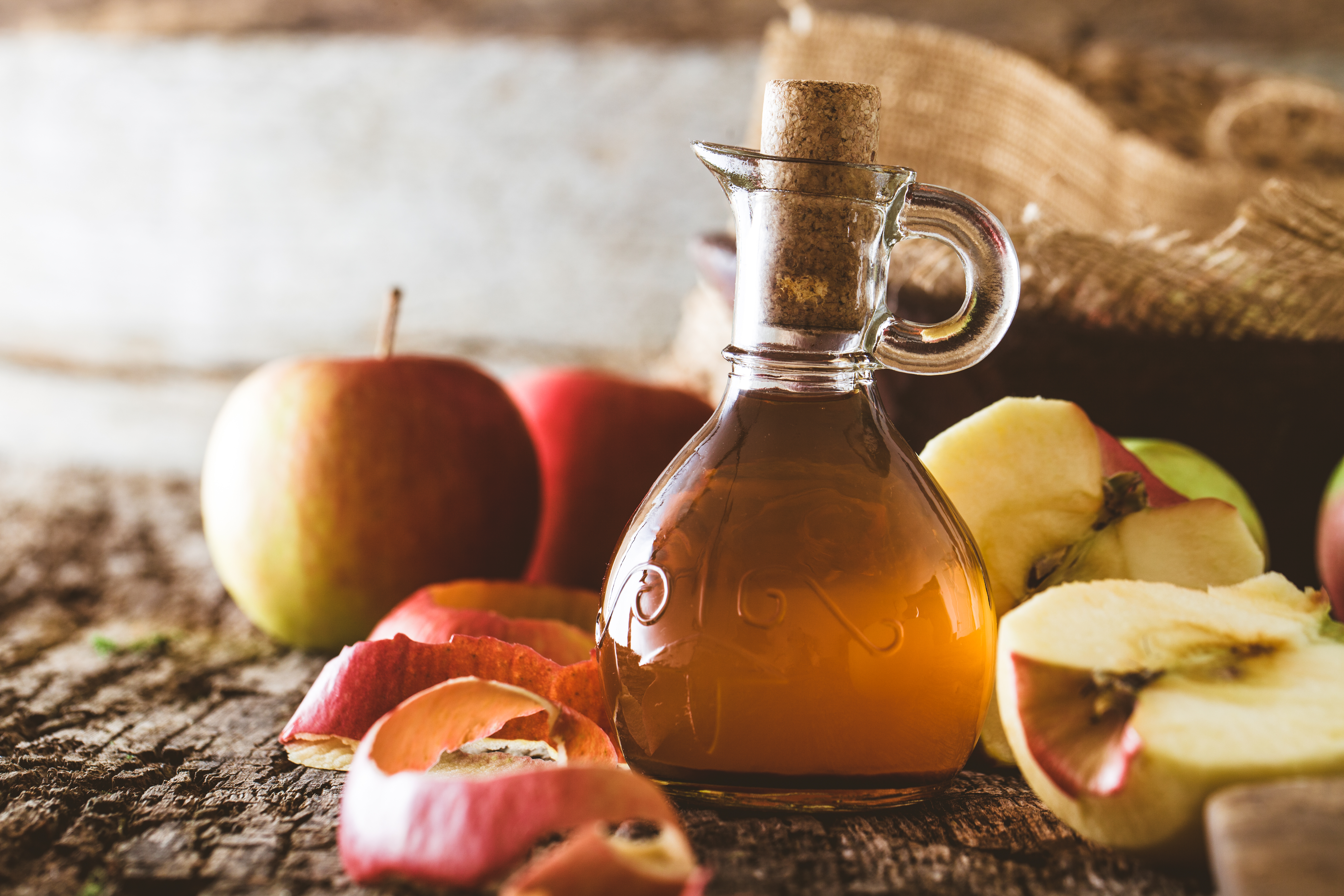
Beyond its culinary uses, raw, unfiltered apple cider vinegar (ACV) containing "the mother" – those murky strands of proteins, enzymes, and beneficial bacteria – offers potential gut benefits. The acetic acid produced during fermentation may help with blood sugar control and digestion. While live probiotic counts might be lower than in other ferments, the combination of beneficial compounds and the acidic environment can support a healthy digestive tract. Remember to always dilute ACV in water before consuming to protect teeth and throat.
26. Curtido: Central America's Zesty Slaw
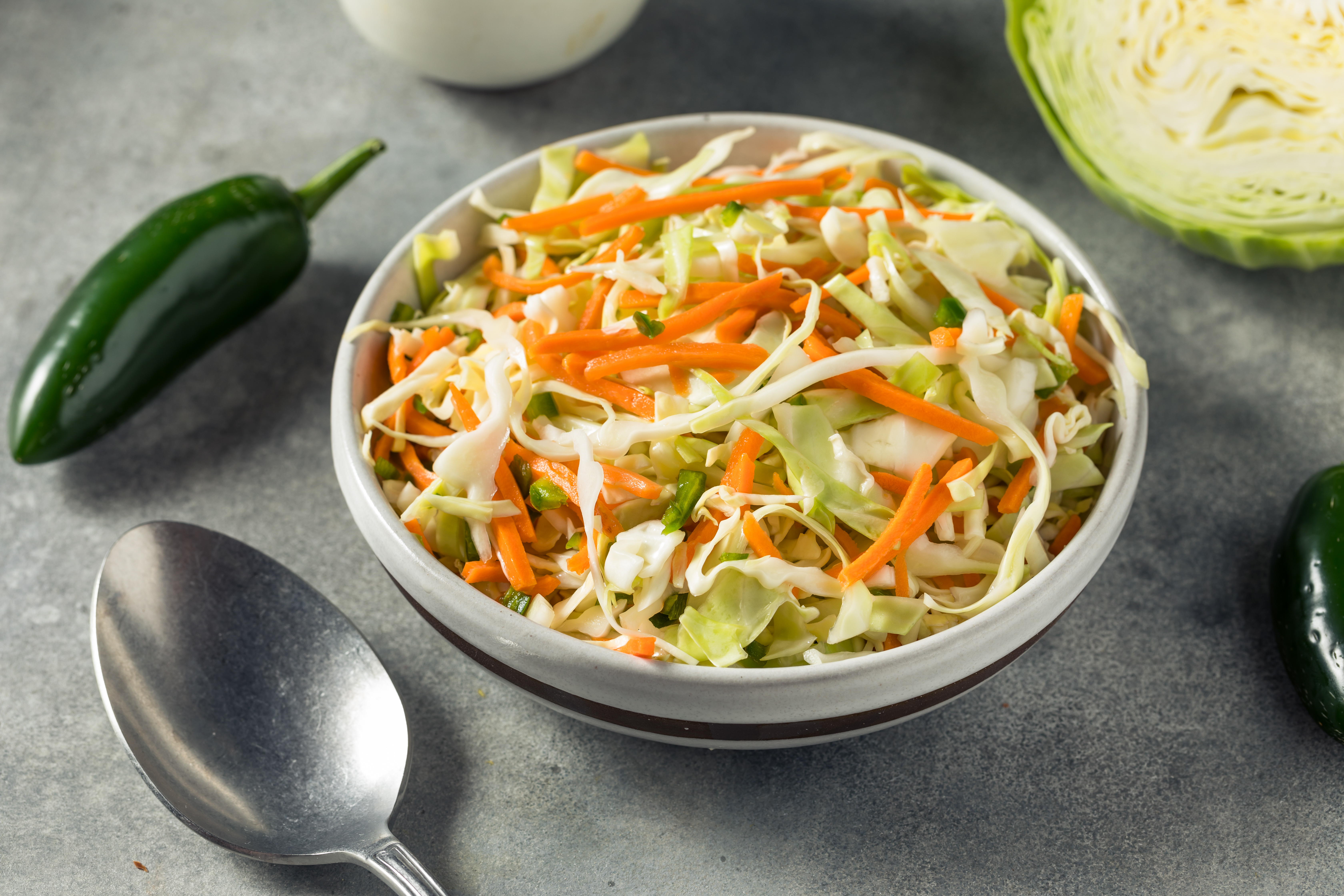
Think of curtido as sauerkraut's vibrant cousin from El Salvador. This lightly fermented cabbage slaw typically includes carrots, onions, and oregano, sometimes with a hint of jalapeño. The natural lacto-fermentation process cultivates beneficial probiotic bacteria, aids digestion, and creates a tangy, crunchy condiment. It's traditionally served alongside pupusas but makes a fantastic probiotic-rich topping for tacos, sandwiches, grain bowls, or grilled meats, adding both flavor and gut-friendly microbes with a distinct Central American flair.
27. Skyr: Iceland's Protein-Packed Cultured Dairy
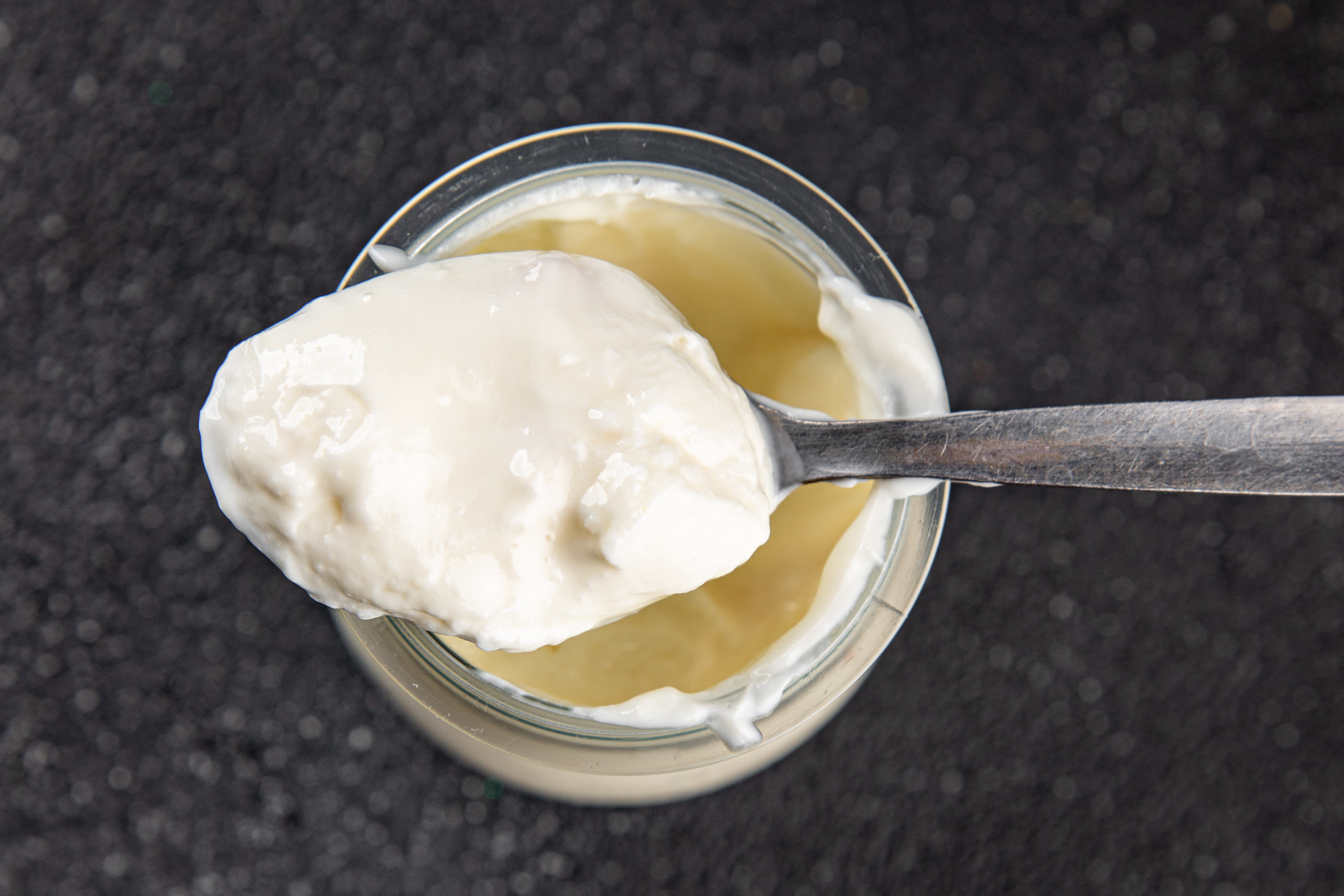
Technically a strained cheese but consumed like yogurt, traditional Icelandic Skyr is renowned for its incredibly thick, creamy texture and high protein content. Made using specific bacterial cultures (like Streptococcus thermophilus and Lactobacillus bulgaricus) and skim milk, it offers probiotic benefits similar to yogurt but often with less tang and more protein per serving, promoting satiety and muscle health. Choose plain varieties to avoid added sugars and enjoy this unique Nordic contribution to the world of gut-friendly fermented dairy.
28. Poi: Hawaii's Ancient Fermented Staple
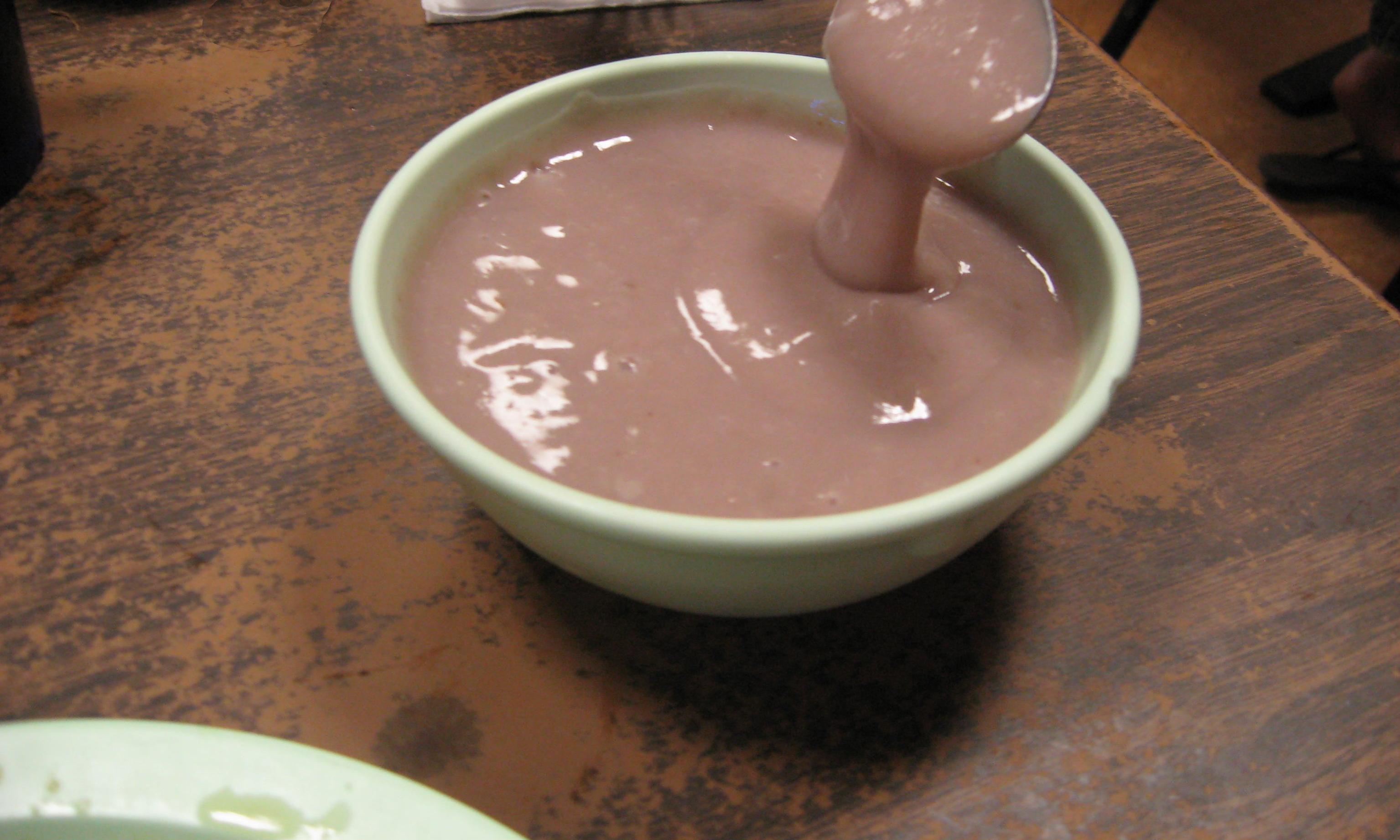
A traditional Polynesian staple food, poi is made by cooking and mashing taro root, then allowing it to ferment naturally with water for several days. This fermentation process develops a unique tangy flavor (ranging from mild to sharp depending on fermentation time) and cultivates beneficial bacteria, primarily lactic acid bacteria. Poi is known for being easily digestible, hypoallergenic, and rich in probiotics and prebiotics, making it a historically important and gut-supportive food in Hawaiian culture.
29. Injera: Ethiopia's Spongy Sourdough Staple
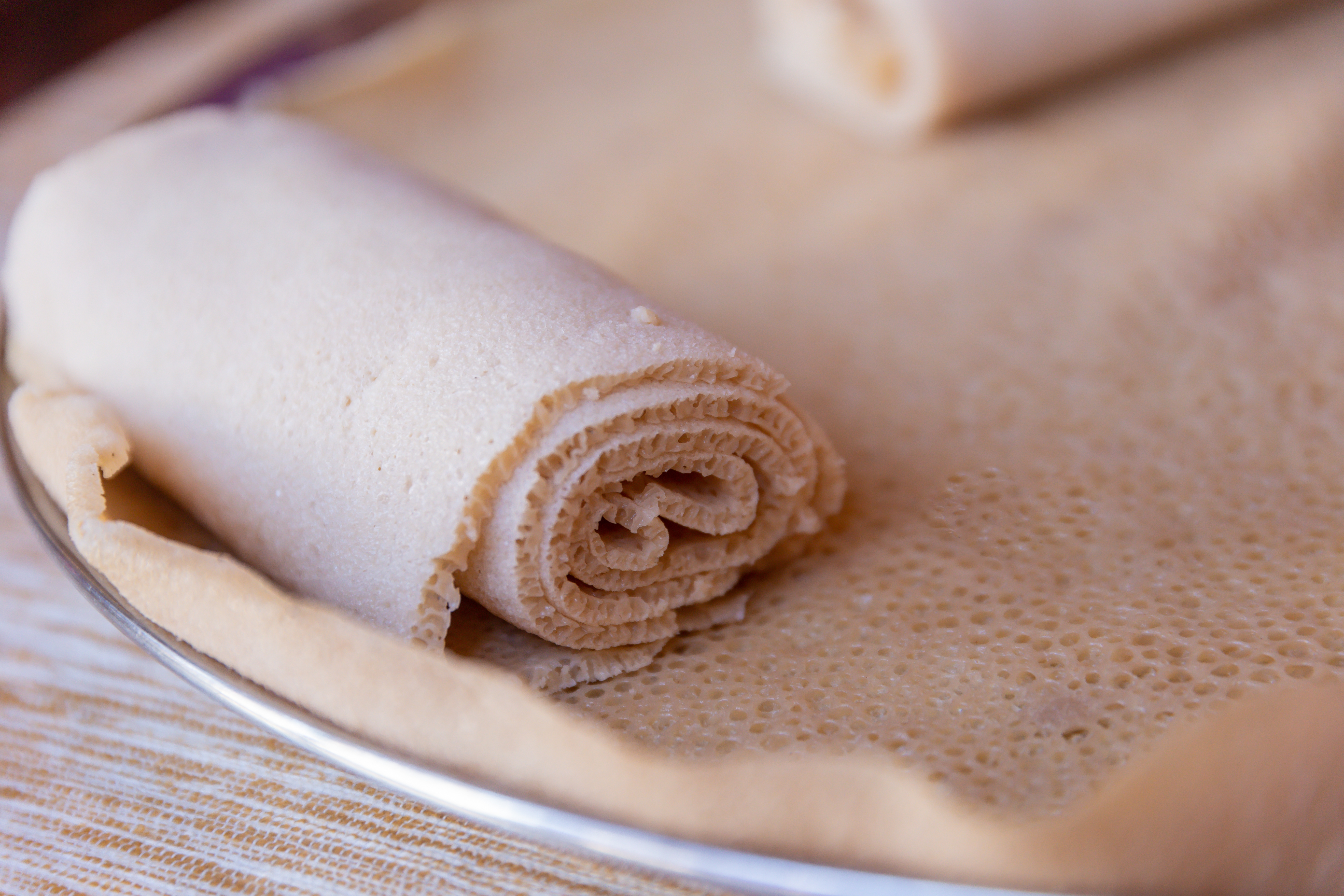
This unique, spongy flatbread is the cornerstone of Ethiopian and Eritrean cuisine. Injera is traditionally made from teff flour, a tiny, nutrient-rich ancient grain. The batter undergoes a multi-day fermentation process, similar to sourdough, which breaks down anti-nutrients, increases vitamin bioavailability (especially B vitamins), and creates its characteristic slightly sour taste and bubbly texture. This fermentation makes injera easier to digest and contributes beneficial acids and potentially microbes that support gut health, perfectly complementing the rich stews it's served with.
30. Naturally Fermented Olives: Brine-Cured Goodness
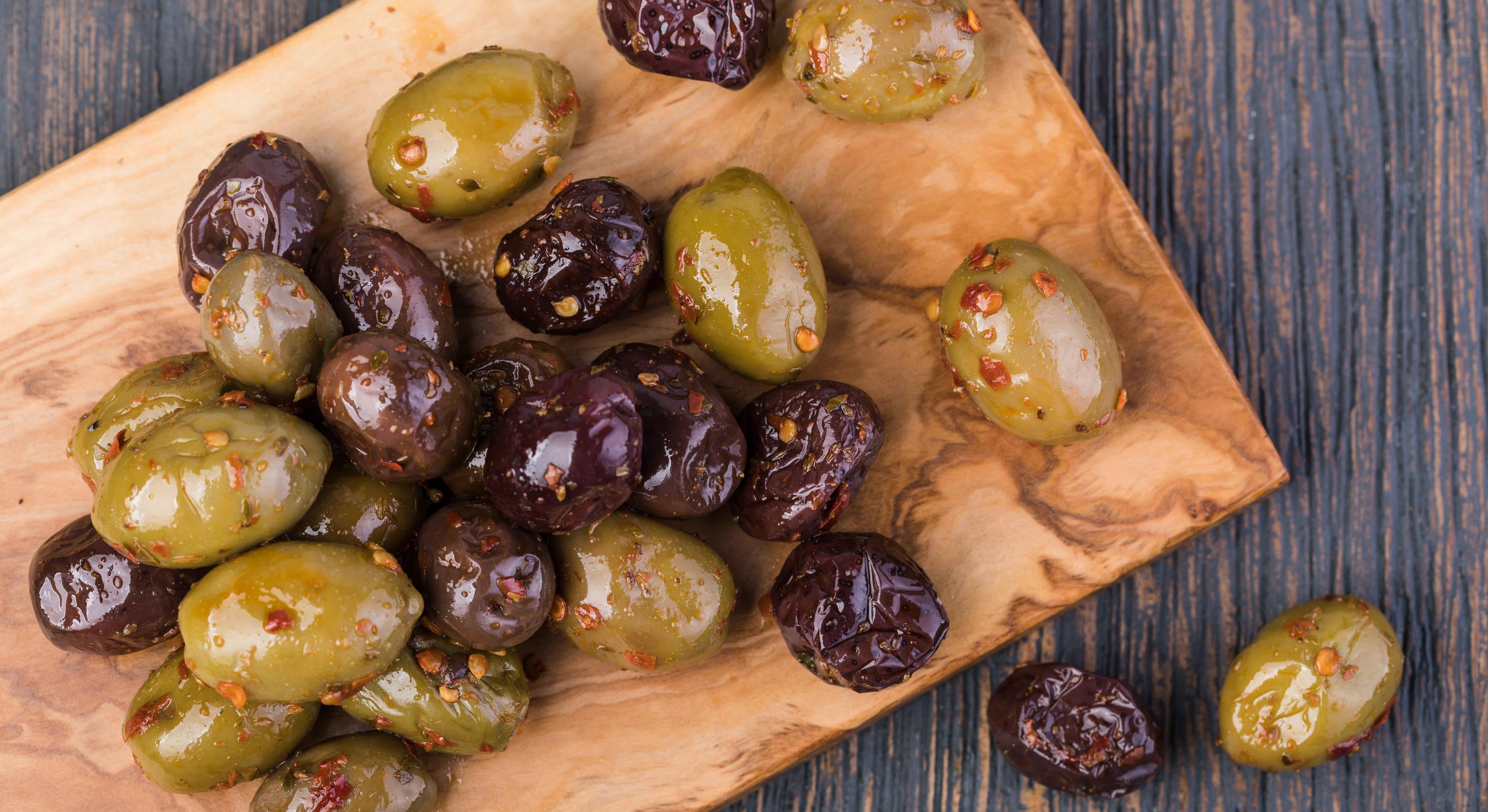
Not all olives are created equal for gut health! Many common table olives are treated with lye to speed up curing. However, olives cured traditionally using only salt brine undergo a natural lactic acid fermentation over several weeks or months. This process allows beneficial Lactobacillus bacteria to proliferate, making these olives a source of both healthy monounsaturated fats and live probiotics. Look for olives labeled "naturally fermented" or "salt-cured" (often found in specialty stores or ethnic markets) to get this gut-friendly benefit.
31. Amazake: Japan's Sweet Fermented Rice Nectar
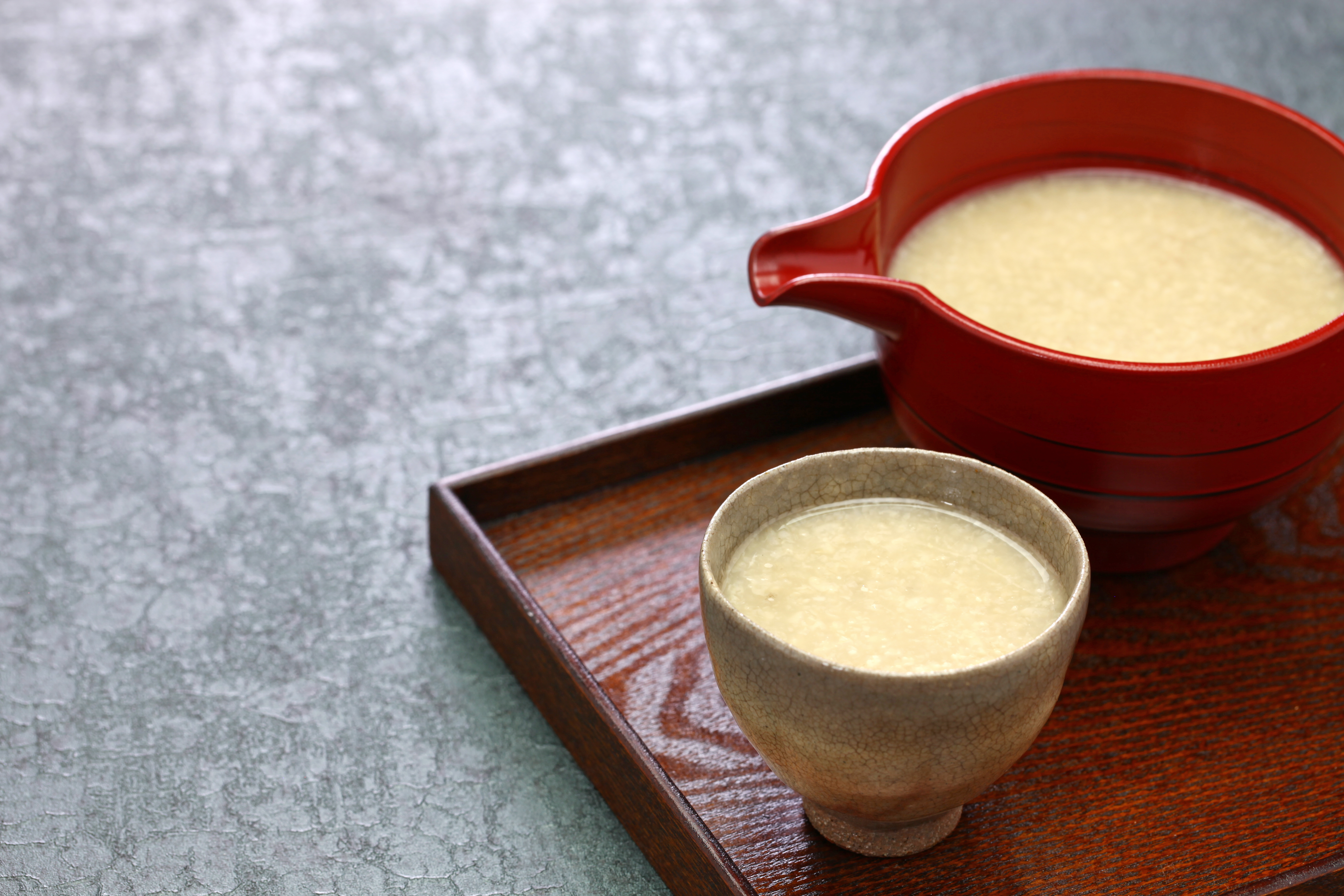
This traditional Japanese drink or dessert is made by fermenting cooked rice with koji (mold Aspergillus oryzae). Koji enzymes break down rice starches into simpler sugars, creating a naturally sweet, thick, low-alcohol or non-alcoholic beverage. Amazake is rich in digestive enzymes, B vitamins, amino acids, and prebiotic fibers that nourish gut bacteria. It’s often consumed warm as a comforting drink or used as a healthy sweetener in cooking and smoothies, promoting digestive ease and providing sustained energy.
32. Tibicos (Water Kefir): Fizzy, Dairy-Free Probiotics
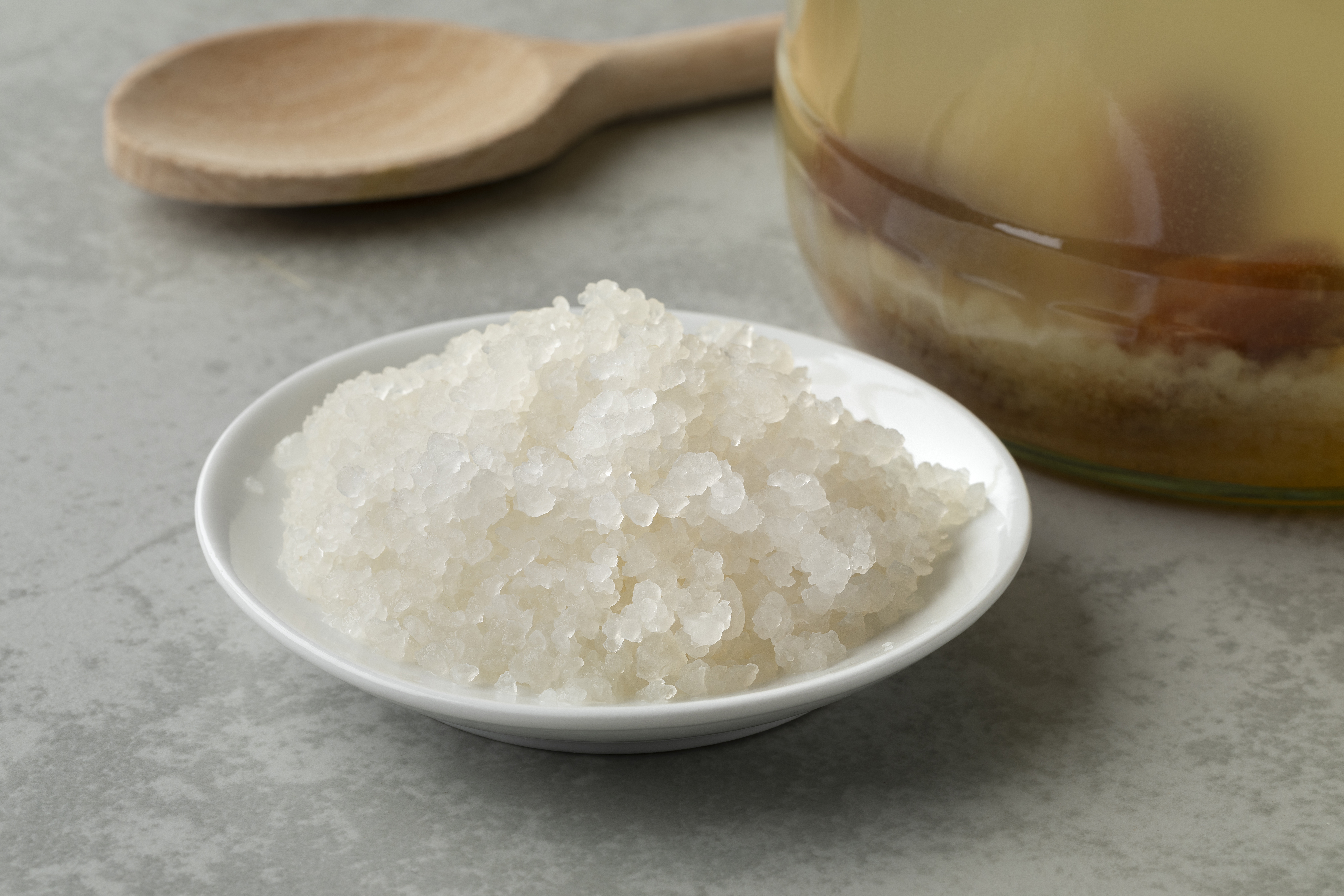
Distinct from milk kefir grains, tibicos (or water kefir grains) are symbiotic cultures of bacteria and yeast that ferment sugar water, fruit juice, or coconut water. This process creates a naturally fizzy, slightly sweet or tangy beverage teeming with a diverse range of beneficial microbes – completely dairy-free. It’s an excellent alternative for vegans or those avoiding dairy who still want a potent, easily customizable probiotic drink. You can easily make it at home, flavoring it with fruits or ginger during a second fermentation.
33. Idli-Dosa Batter: South India’s Fermented Staple for Gut Harmony
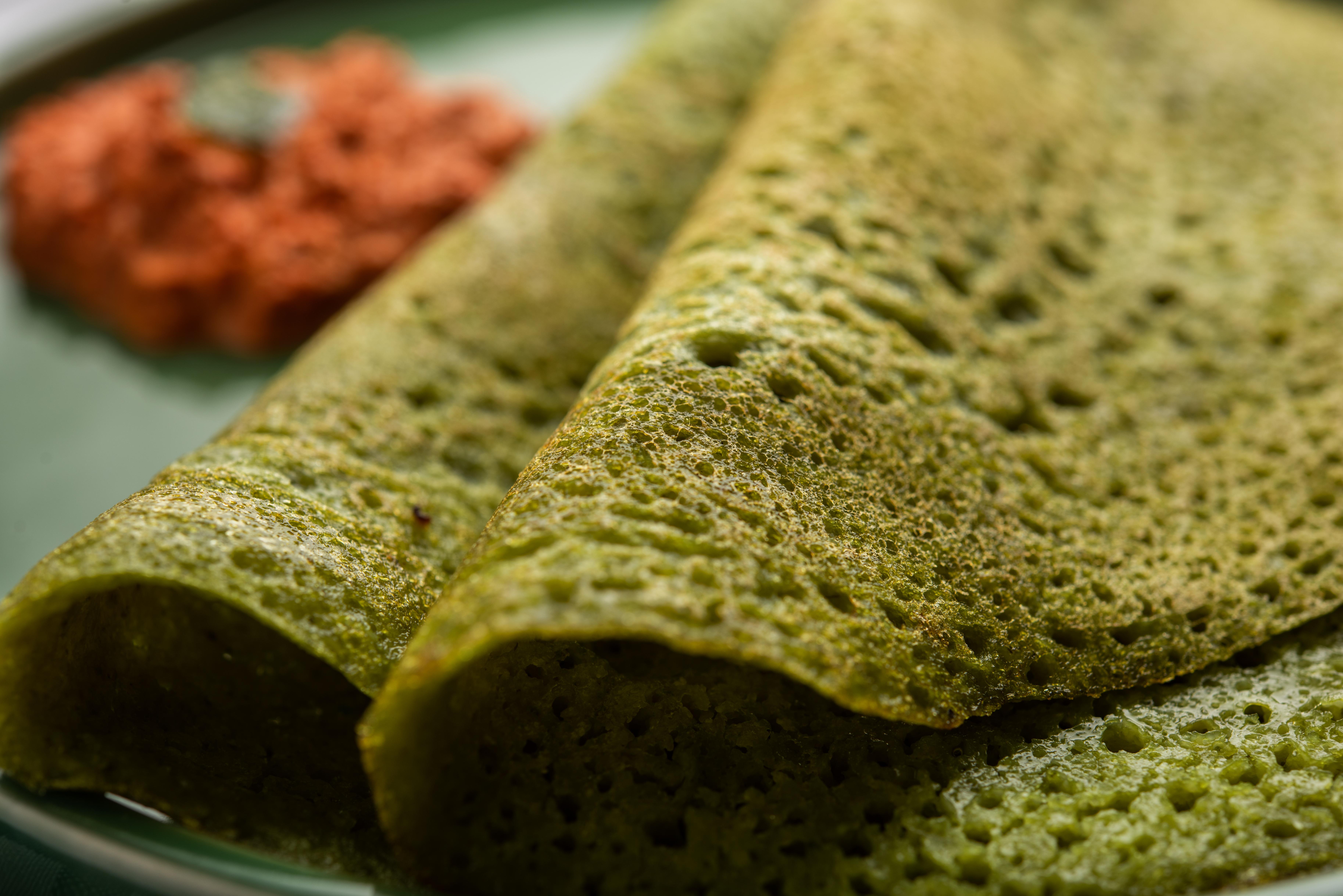
The humble idli-dosa batter, a staple in South Indian cuisine, is an unsung hero in the world of fermented foods. Made by soaking and grinding rice and urad dal (split black gram), then leaving it to naturally ferment, this batter becomes a living culture of lactic acid bacteria and wild yeast. The fermentation breaks down complex carbs, enhances B-vitamin content, and makes the final dishes easier to digest. Soft idlis and crispy dosas aren’t just comfort foods—they’re gut-friendly, low-oil, naturally vegan meals. Best of all, the fermentation process lends a slight tang, signaling active cultures at work.
34. Bánh Bèo Tôm Chấy with Fermented Shrimp Paste: Vietnam’s Hidden Probiotic Gem
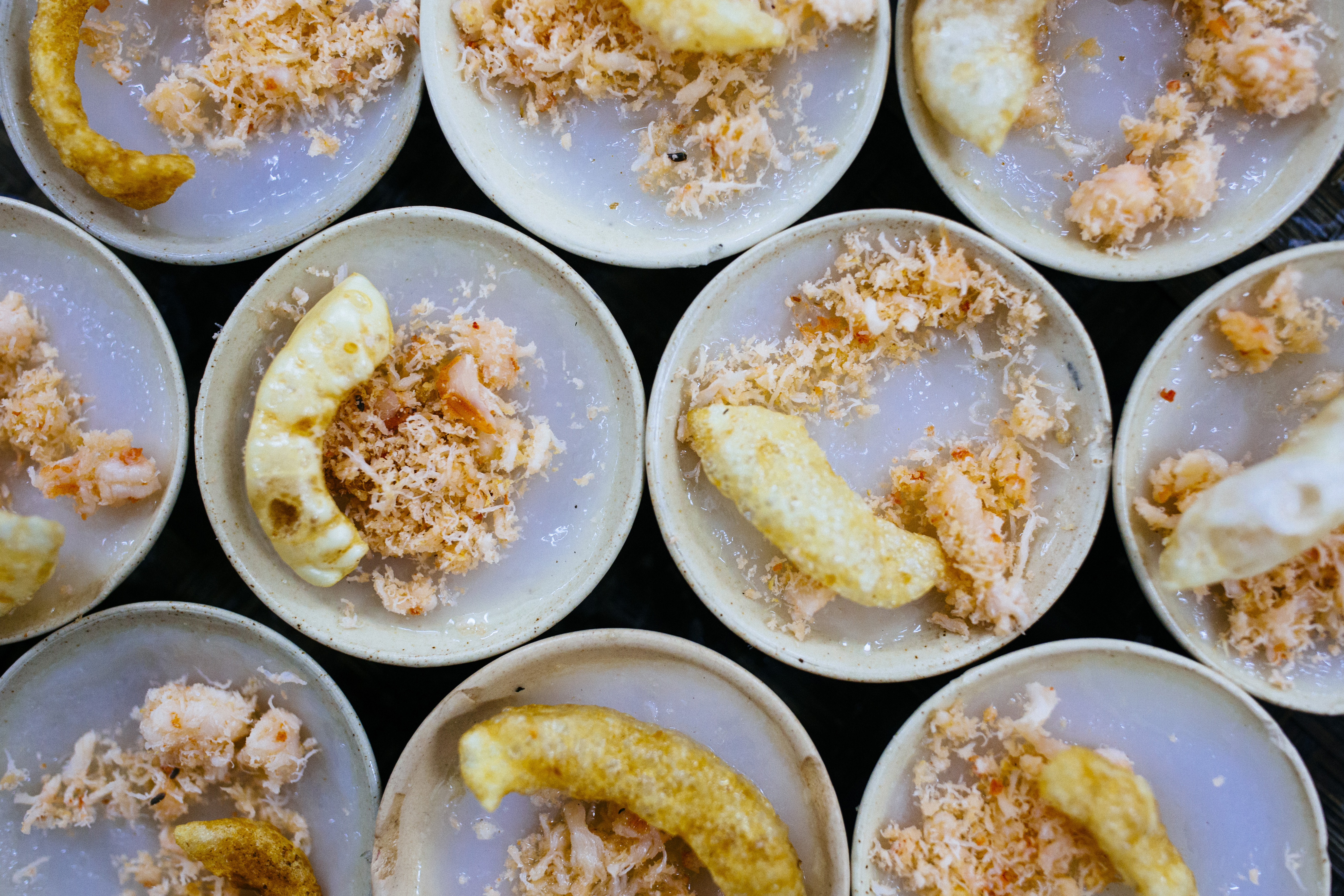
This traditional Vietnamese delicacy—steamed rice cakes topped with dried shrimp, scallion oil, and sometimes fermented shrimp paste—isn’t just a flavor bomb. The fermented shrimp paste (mắm tôm) is loaded with naturally occurring probiotics, especially when made using traditional aging methods. While strong in aroma, it’s rich in enzymes and microbes that support digestion and protein metabolism. In small quantities, it delivers a savory punch and a boost to your microbiome. Paired with mild bánh bèo and fresh herbs, it’s a brilliant balance of taste and gut health.
35. Fermented Cassava (Gari Soaking Method): West Africa’s Probiotic Carb
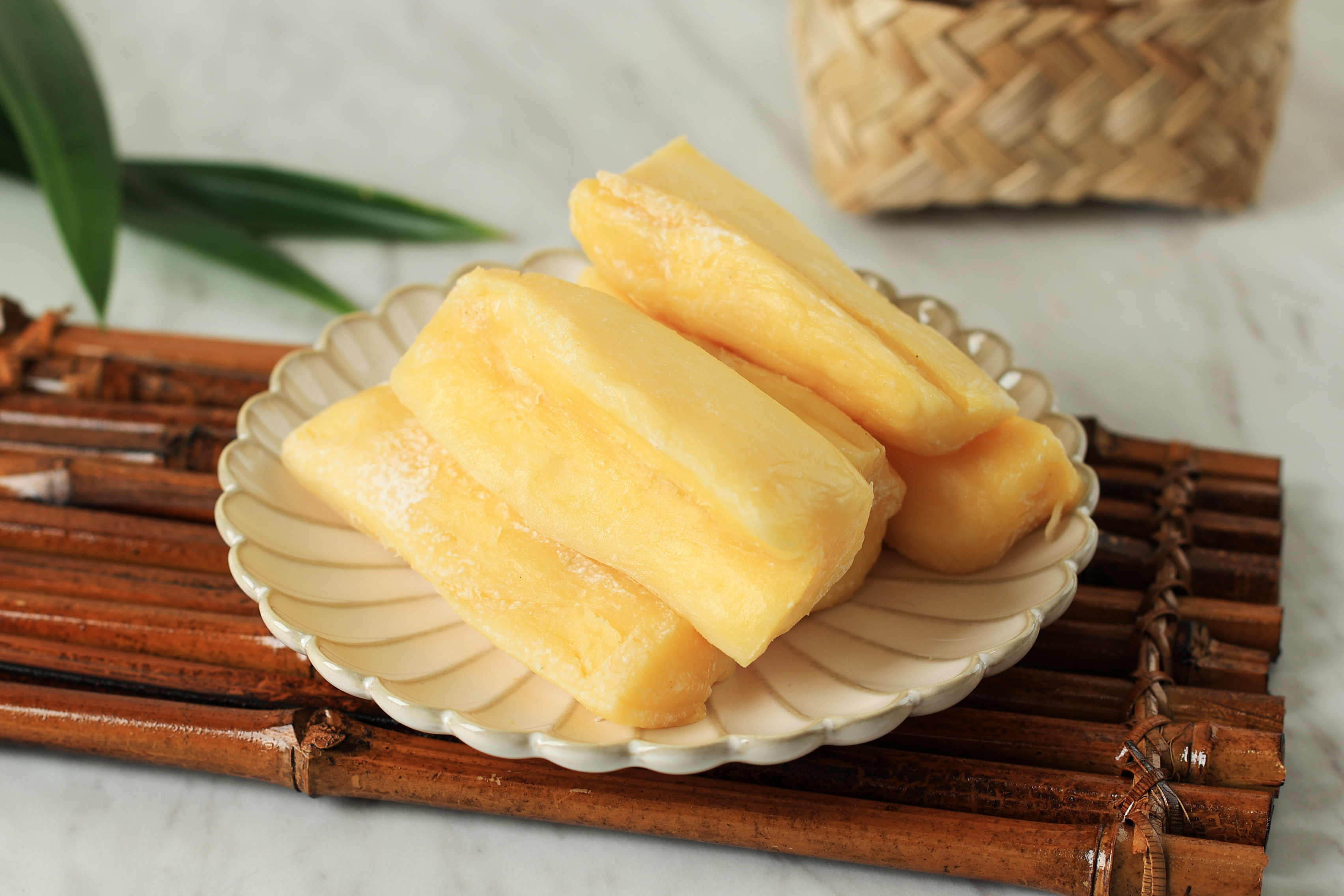
Cassava, a starchy root, becomes gut-friendly when processed traditionally through fermentation. In countries like Nigeria and Ghana, cassava is grated, pressed, and allowed to ferment before drying into a product known as gari. Soaking gari in water before consumption reactivates beneficial microbes and reduces cyanogenic compounds. The fermentation process not only enhances safety but also introduces probiotics and improves digestibility. When mixed with water, milk, or peanut paste, soaked gari becomes a nourishing, slightly tangy porridge that supports gut balance and blood sugar stability.
36. Shankarpali (Fermented Variation): A Forgotten Indian Festive Digestive
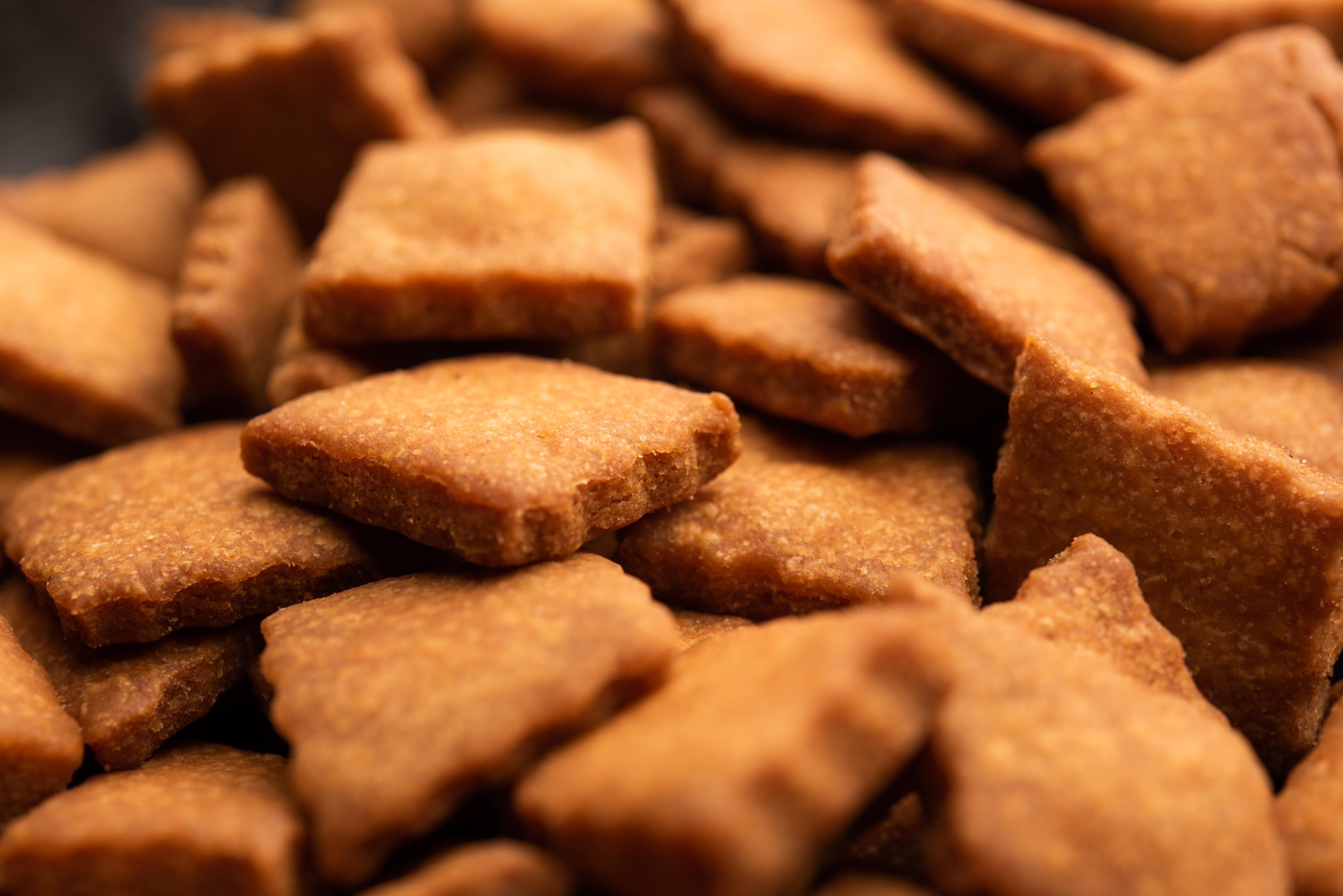
While typically a sweet, fried snack, traditional Maharashtrian households sometimes prepare a fermented version of shankarpali using yogurt or buttermilk in the dough. Allowed to rest overnight, the mixture ferments gently, infusing mild sourness and cultivating natural probiotics. This version is less sweet, slightly tangy, and much easier on the stomach. Though rarely commercialized, this ancestral technique transforms a festive treat into a digestively supportive nibble. It's a reminder that fermentation in Indian cuisine extends far beyond pickles and lassi—if you know where to look.
37. Rejuvelac: The Fermented Elixir for Gentle Gut Renewal
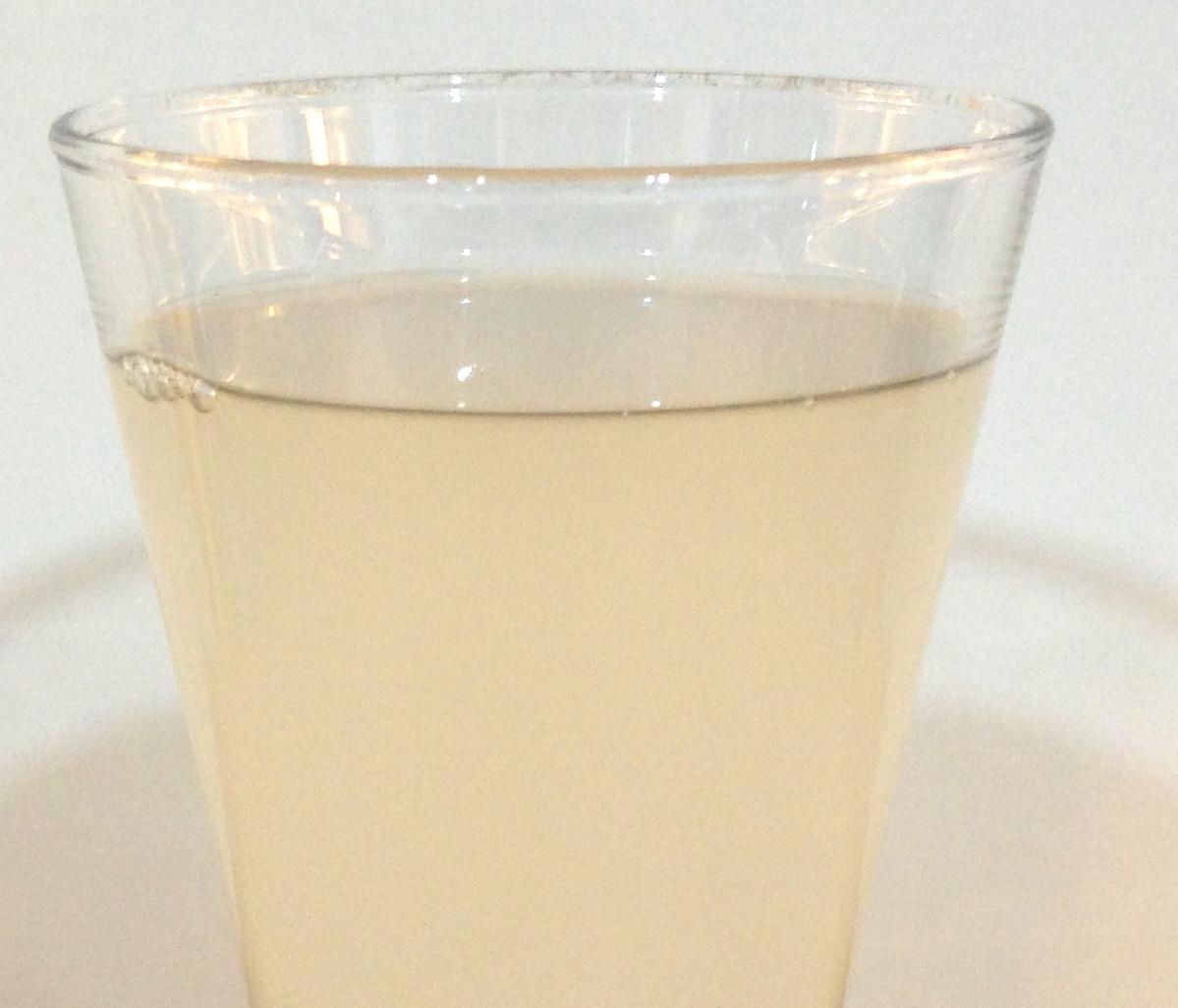
Rejuvelac is a lesser-known but powerful probiotic tonic made by fermenting sprouted grains like wheat berries, quinoa, or rye in water. The result is a slightly cloudy, citrusy liquid brimming with enzymes, lactic acid bacteria, and B vitamins. Traditionally used in raw food diets and vegan kitchens, Rejuvelac supports gentle detoxification, stimulates digestion, and helps repopulate the gut with beneficial microbes—without any dairy or heavy fermentation smells. It’s especially prized for its mildness, making it ideal for those easing into probiotic foods or recovering from gut imbalances. You can drink it straight, use it as a base for smoothies or salad dressings, or incorporate it into raw cheese recipes for a tangy probiotic punch. Easy to make at home and endlessly customizable, Rejuvelac is a simple, soothing way to start your gut-healing journey—one glass at a time.
38. Sinki: Nepal’s Fermented Root Vegetable Tradition
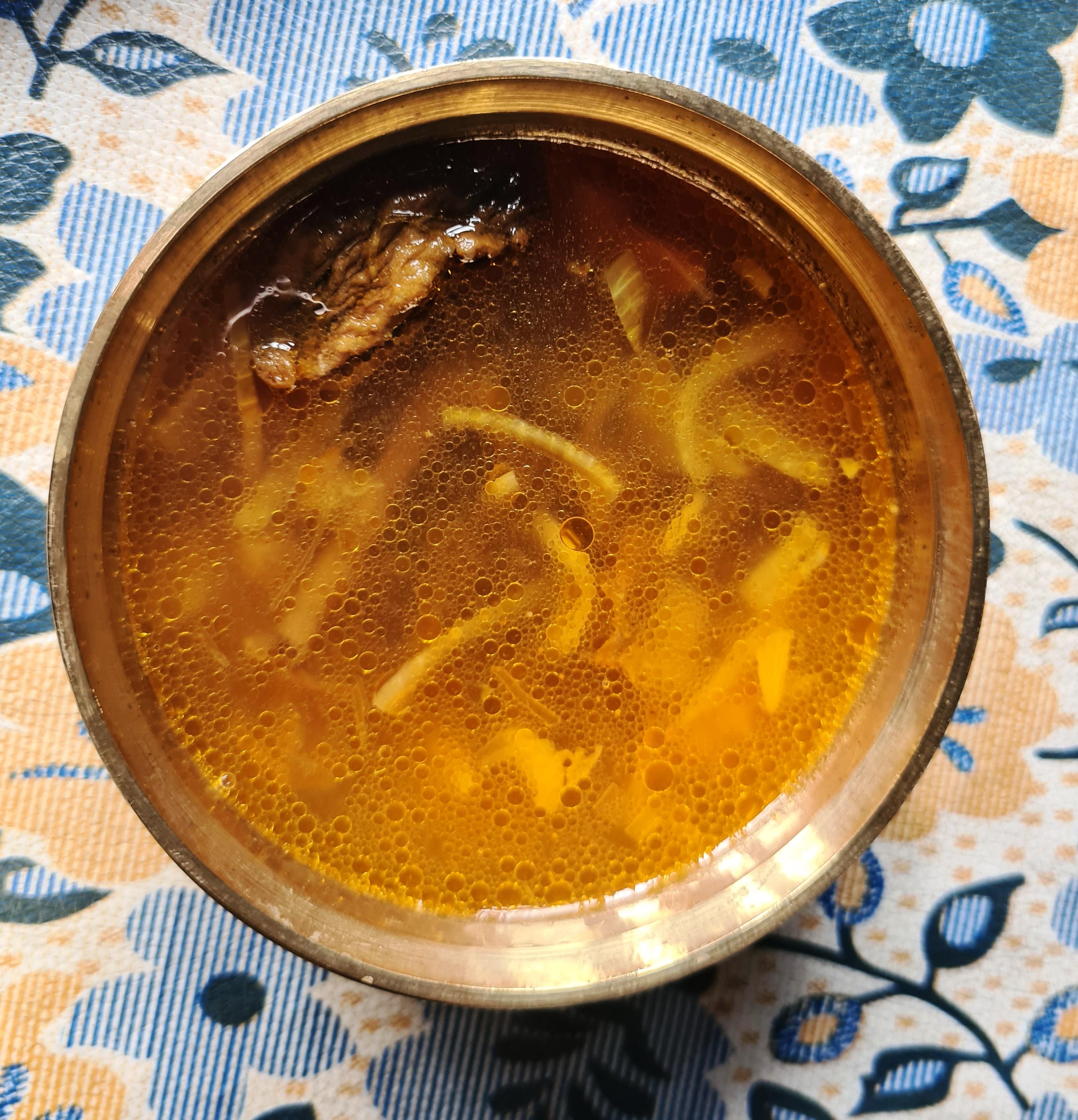
Sinki is a traditional Nepali ferment made by burying radish roots underground to naturally ferment for several weeks. The result is a sour, fibrous, deeply probiotic food often added to soups or stir-fries. Unlike vinegar-pickled vegetables, sinki relies solely on wild lactic acid fermentation, enhancing gut-friendly bacteria while breaking down tough fibers for easier digestion. It’s particularly rich in enzymes and plant-based prebiotics, offering digestive support for those with sluggish guts or nutrient absorption issues. With its earthy tang and impressive microbial profile, sinki is a living testament to ancestral gut wisdom—still healing from the Himalayan soil to the spoon.
39. Kaanji: India’s Fermented Beetroot Elixir
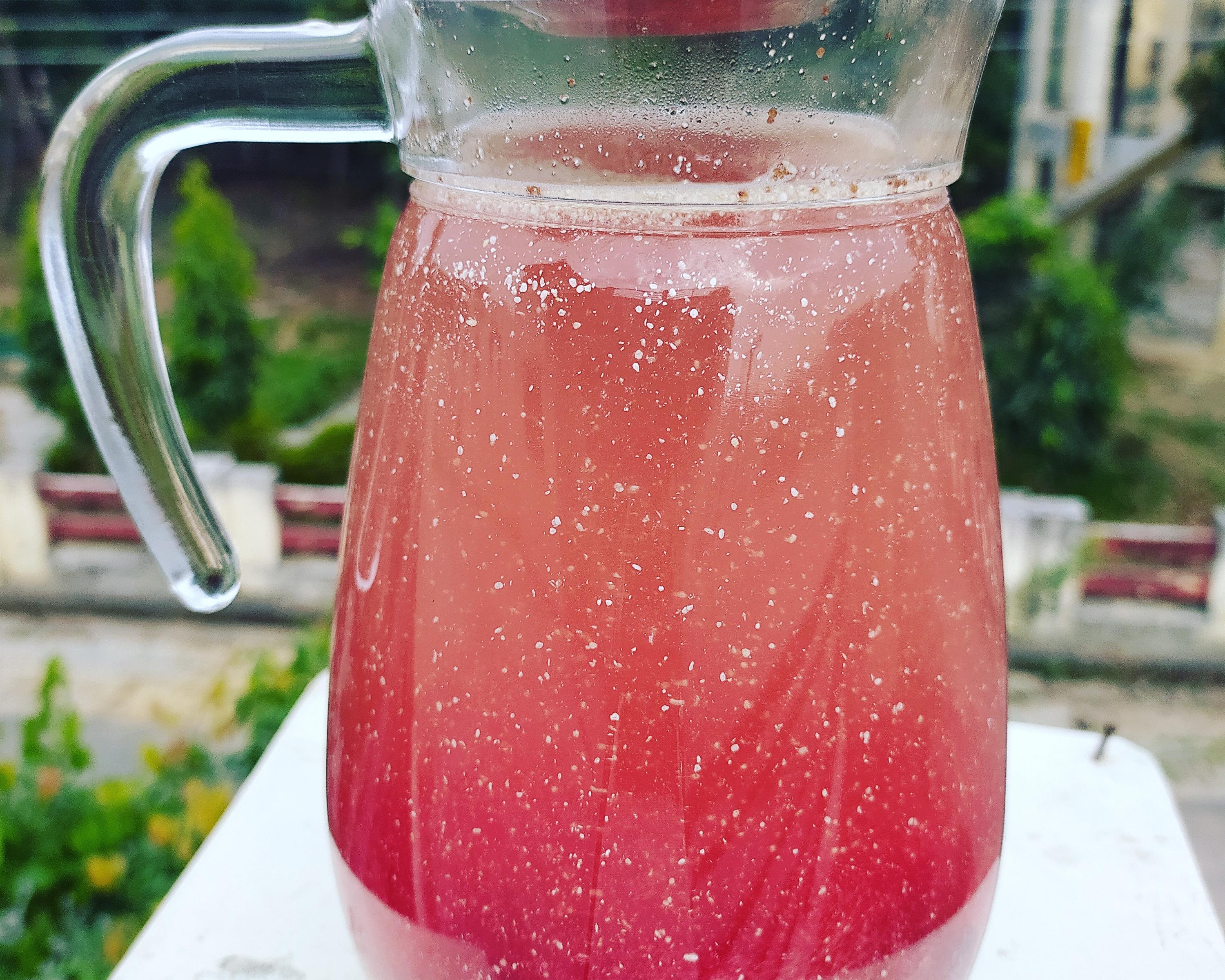
Kaanji is a vibrant North Indian drink made by fermenting black carrots or beets with mustard seeds, water, and salt in sunlight. This naturally fizzy, tangy beverage is brimming with lactic acid bacteria and digestive enzymes. Kaanji supports the gut by promoting healthy bowel movements, improving microbial diversity, and reducing bloating. Rich in antioxidants and anthocyanins from the beets, it’s also an excellent anti-inflammatory tonic. Best enjoyed during late winter or early spring, it’s not only a cultural staple but also a refreshing, low-calorie, probiotic-rich alternative to sugary drinks—perfect for daily sipping or post-meal digestion support.
40. Fermented Bamboo Shoots (Soibum): Northeast India’s Wild Gut Booster
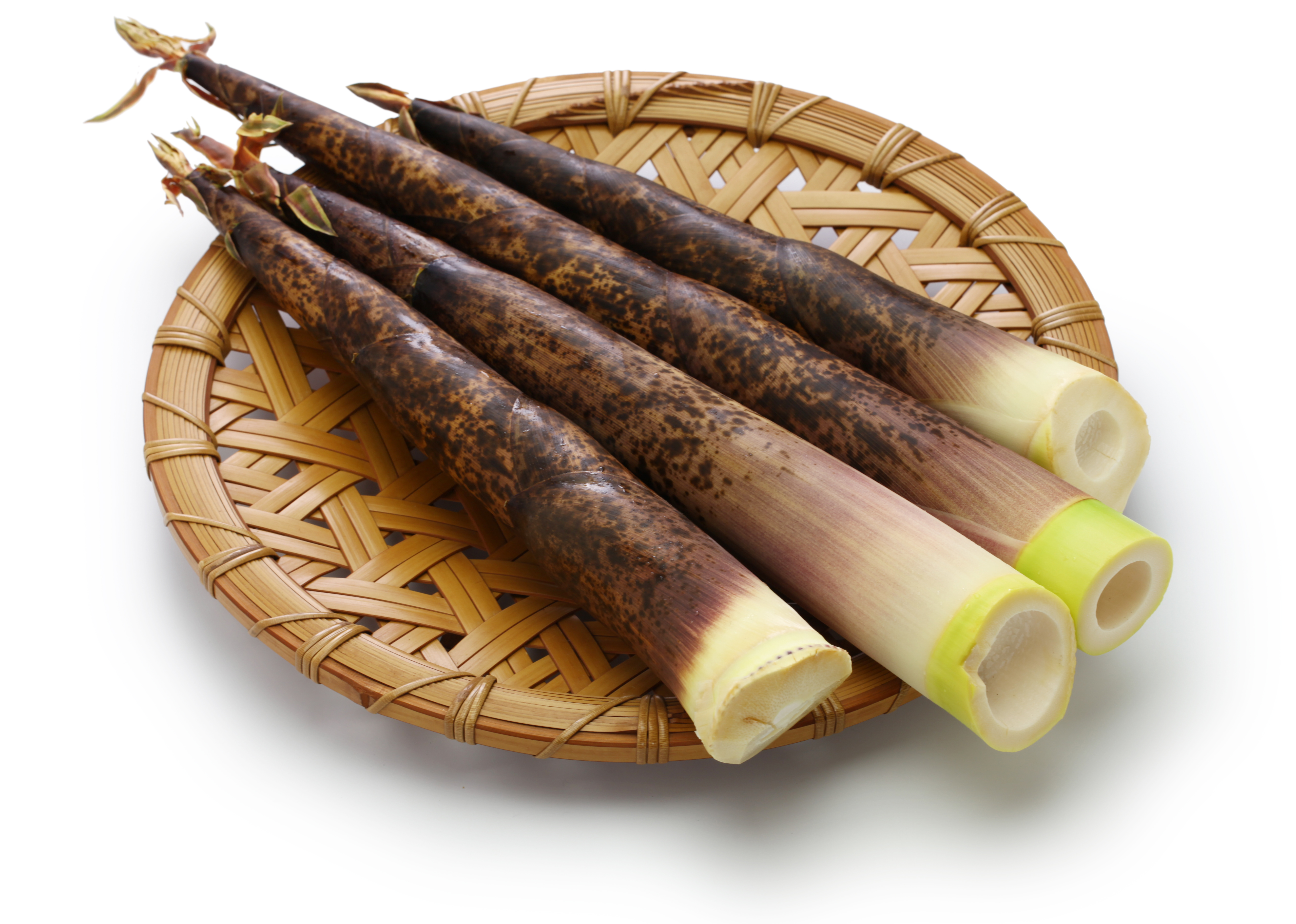
Soibum, a fermented bamboo shoot delicacy from Manipur and other Northeastern Indian regions, is intensely aromatic and incredibly beneficial for gut health. Bamboo shoots are rich in dietary fiber and phytosterols, and fermentation enhances their digestibility while introducing beneficial microbes. Traditionally fermented in earthenware or banana leaves, soibum is added to curries and stews, lending a bold umami punch and microbial magic. It supports microbial diversity, improves digestion, and may help regulate cholesterol levels. Though its flavor can be polarizing, for those seeking powerful, regional superfoods, fermented bamboo shoots are a rare and potent probiotic gem.
41. Fermented Mustard Greens (Phak Kat Dong): Thailand’s Tangy Gut Tonic
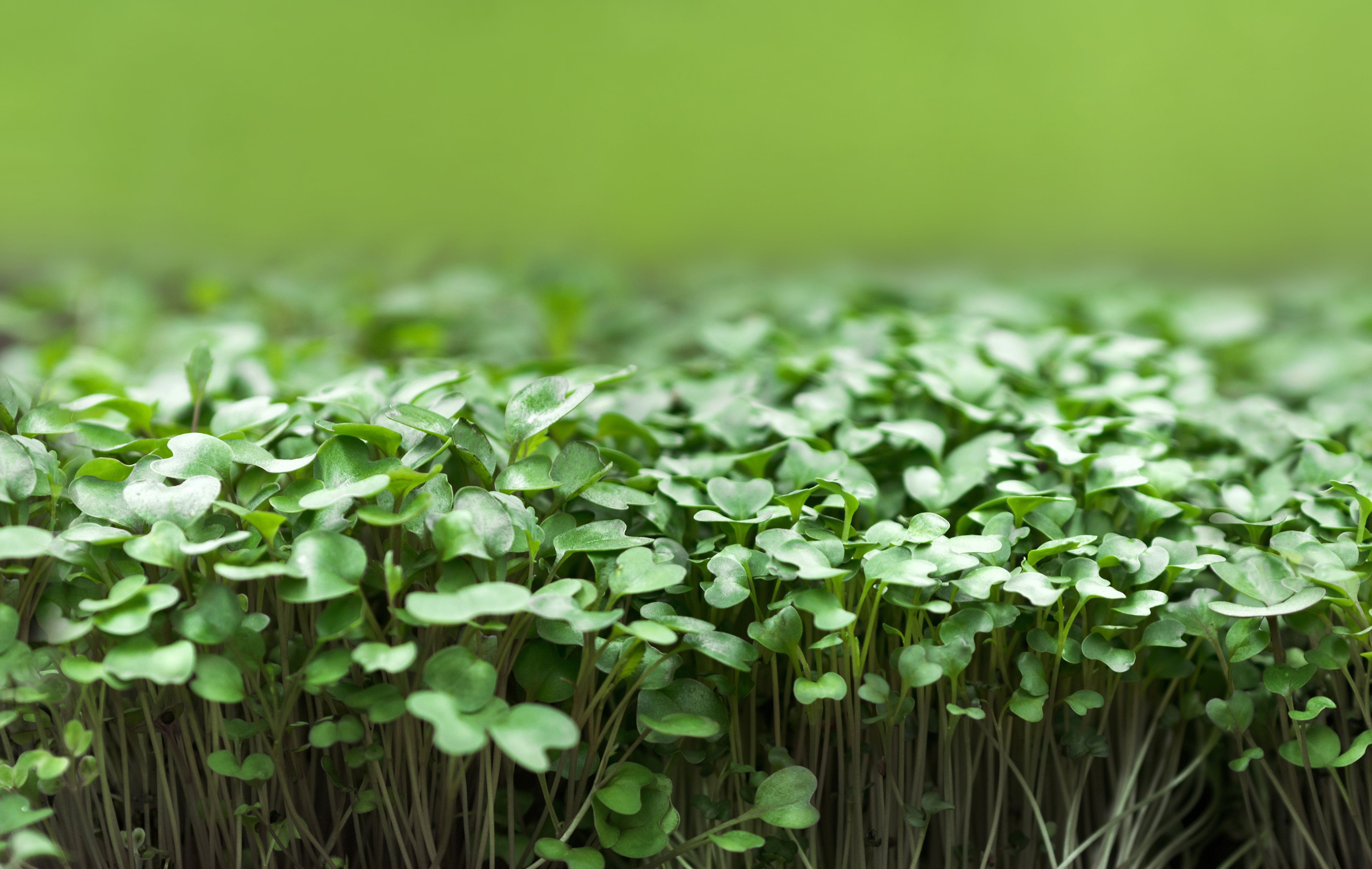
Phak Kat Dong is a beloved Thai side dish made by fermenting mustard greens in brine with garlic, chili, and rice water. This spicy-sour ferment is loaded with Lactobacillus bacteria, which support gut flora, reduce inflammation, and aid digestion. Mustard greens themselves are rich in fiber, vitamins A and C, and glucosinolates—compounds that support liver detox. The fermentation process enhances nutrient availability while reducing bitterness. Enjoyed alongside rice or meats, this tangy condiment turns every meal into a digestive aid and flavor explosion, proving once again that fermented foods are as bold as they are beneficial.
42. Fermented Sweet Rice (Tapai): Southeast Asia’s Probiotic Dessert
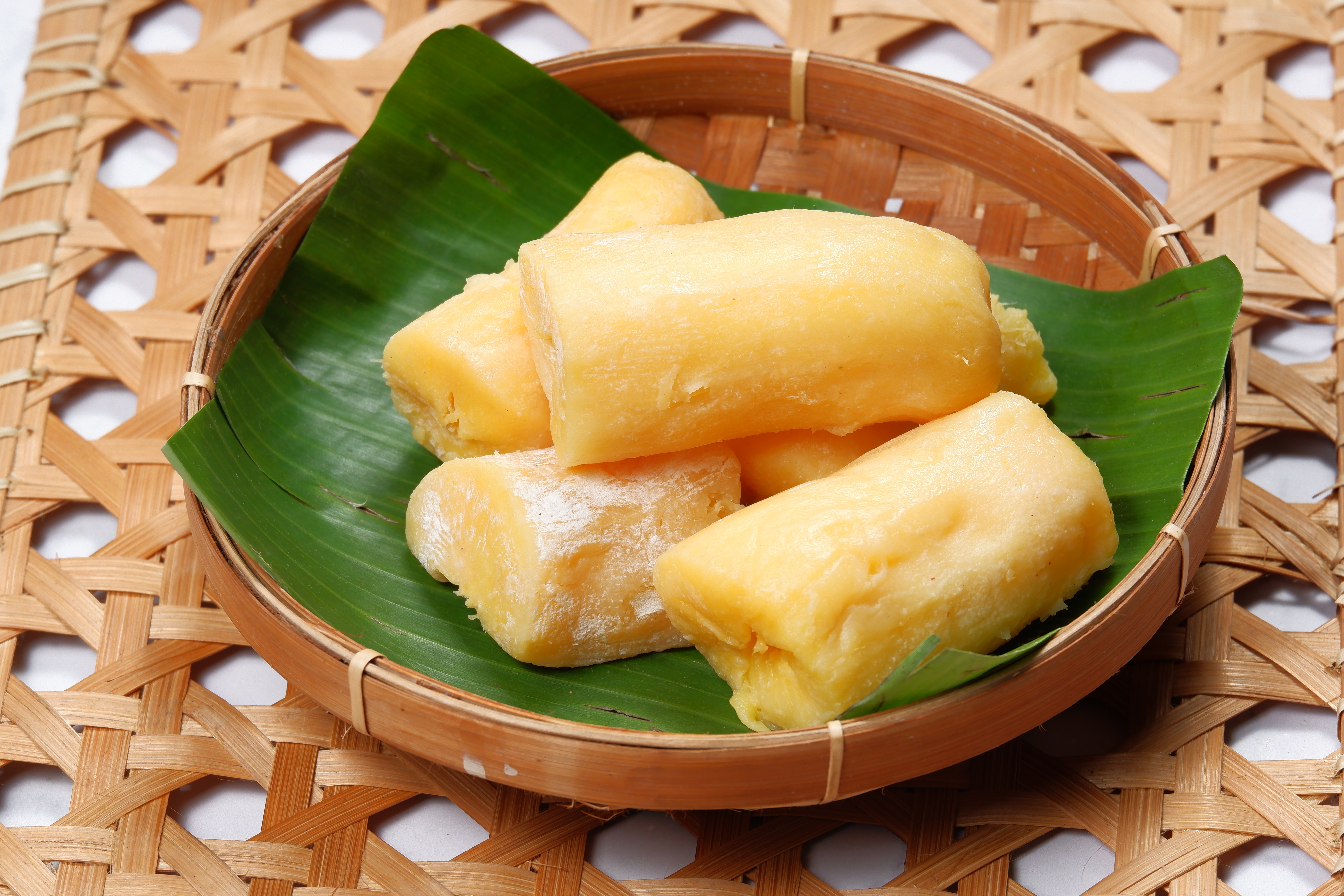
Tapai, a fermented sweet rice dish popular in Indonesia, Malaysia, and the Philippines, is made by inoculating cooked glutinous rice with yeast and allowing it to ferment into a soft, slightly alcoholic, sweet-and-sour treat. Despite its dessert-like flavor, tapai is rich in probiotics and digestive enzymes thanks to the fermentation process. It helps repopulate the gut with beneficial microbes and improve nutrient absorption. Often eaten plain or used in desserts and celebratory dishes, tapai is a delicious way to incorporate live cultures into your diet without relying on savory foods—proof that gut health can also taste indulgent.
Let Fermentation Do the Healing
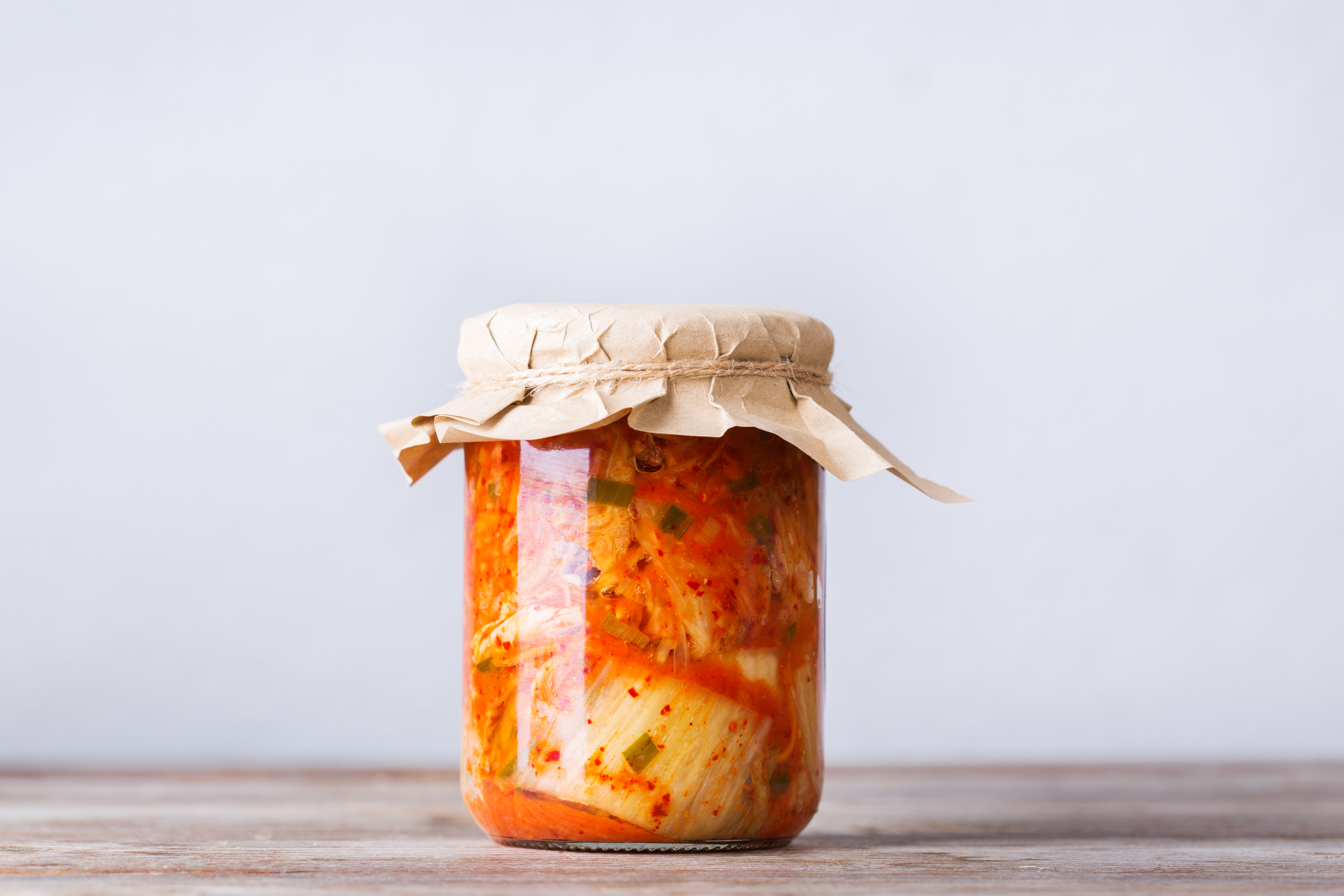
Fermented foods aren’t just a trend—they’re a return to something our bodies have always known. Long before supplements and synthetic solutions, cultures across the world trusted bubbling jars, buried roots, and time itself to preserve health from the inside out. Now, modern science is catching up, confirming what tradition always understood: your gut is your body’s command center, and fermentation feeds it best. With these 42 diverse, delicious fermented foods—from spicy kimchi to sweet tapai—you don’t need pills to restore balance. You need real, living food. Each bite is a microbial handshake, a quiet alliance between ancient wisdom and modern wellness. Whether you're sipping kaanji, spreading miso, or crunching on lacto-pickles, you're not just eating—you’re healing. Start small, stay curious, and let your gut guide the way. Because when you feed the good inside, everything else starts to thrive. The revolution is alive—and it starts on your plate.
